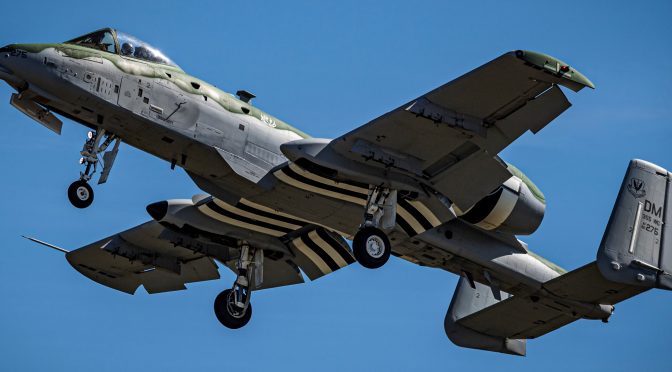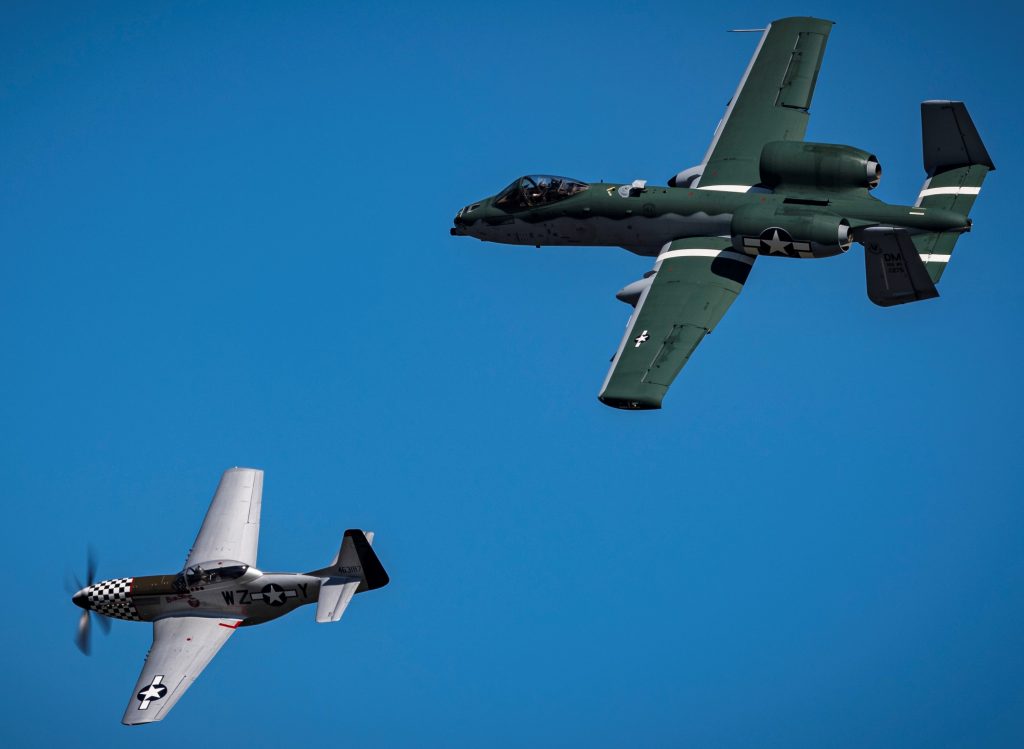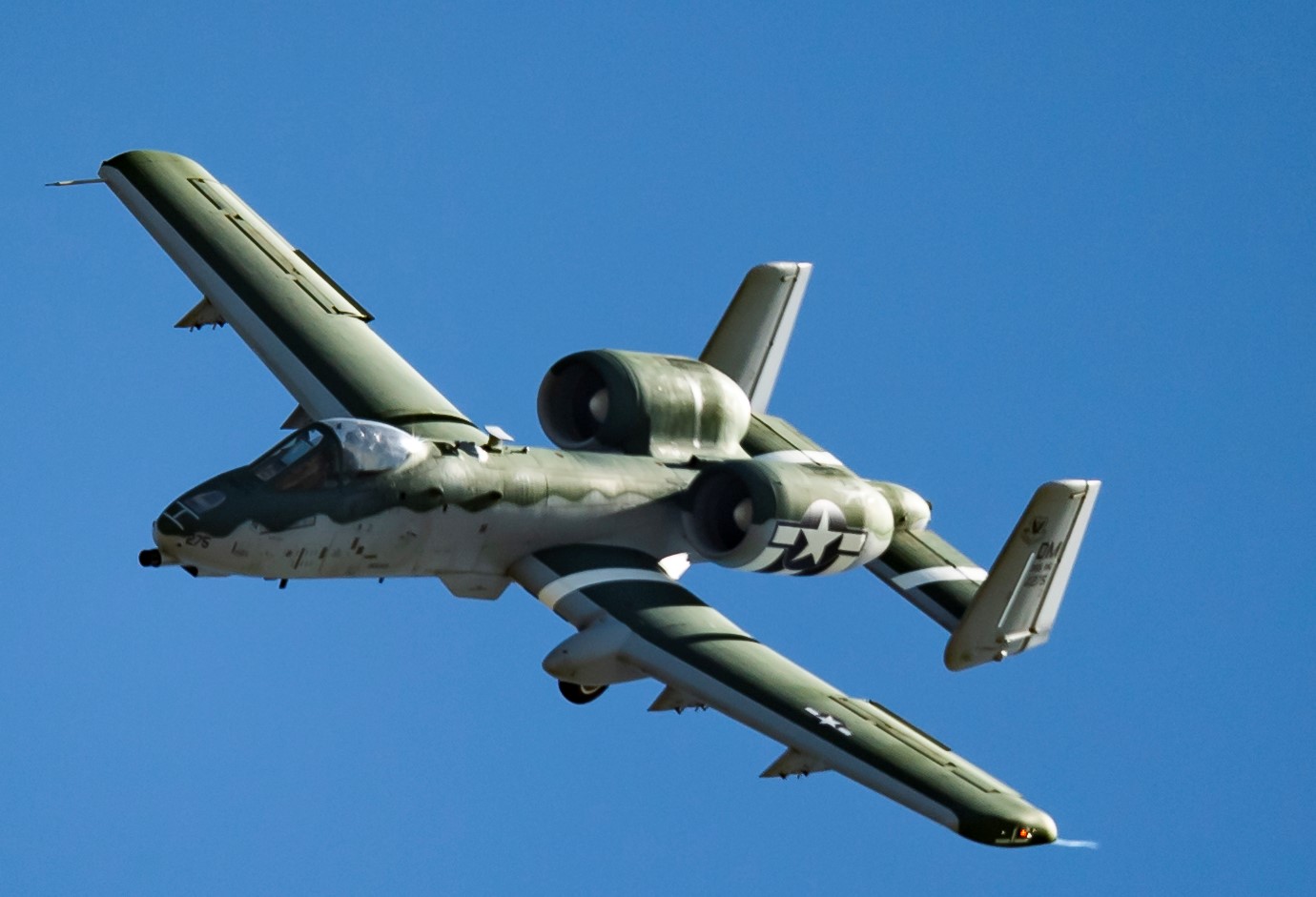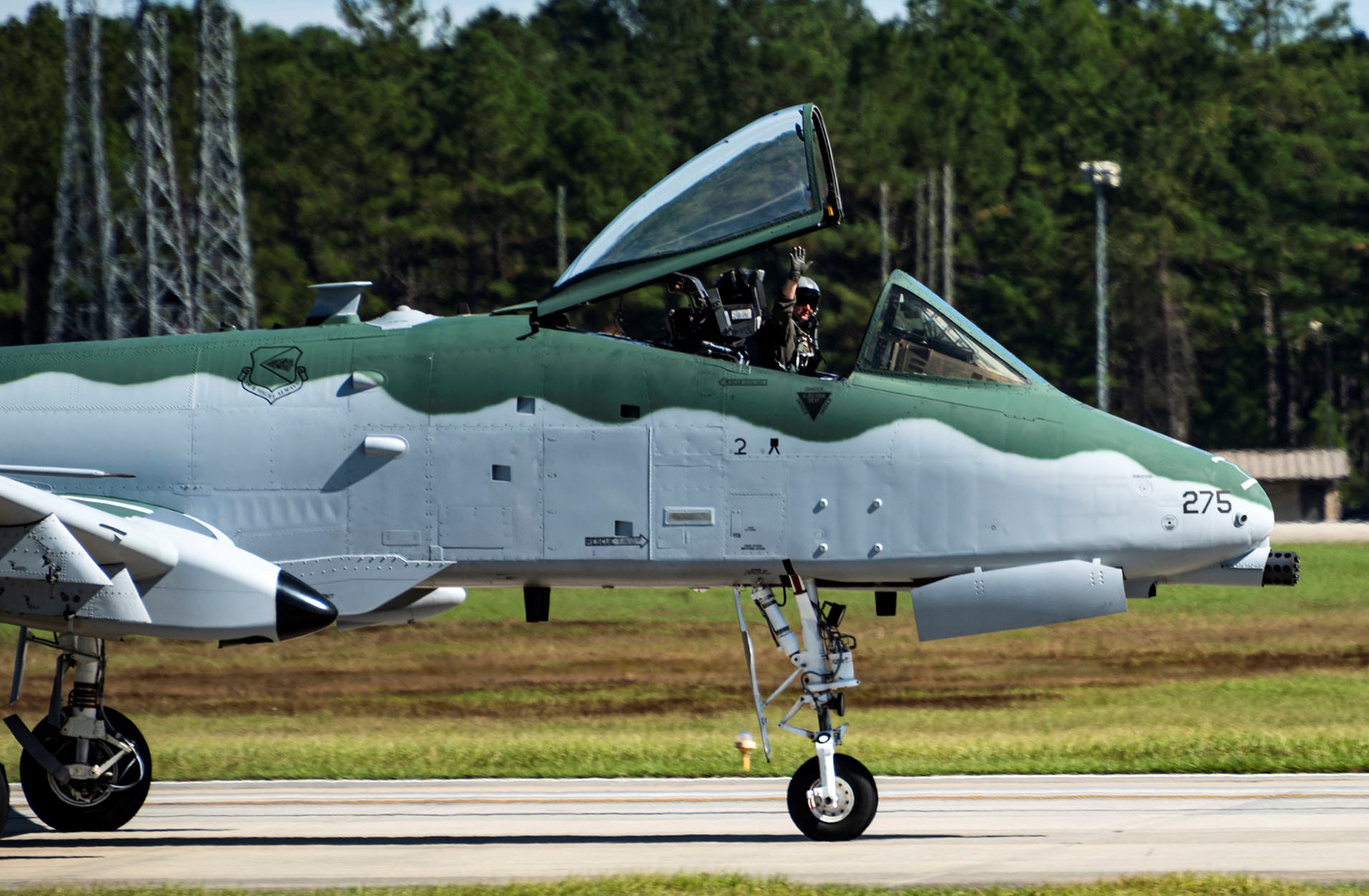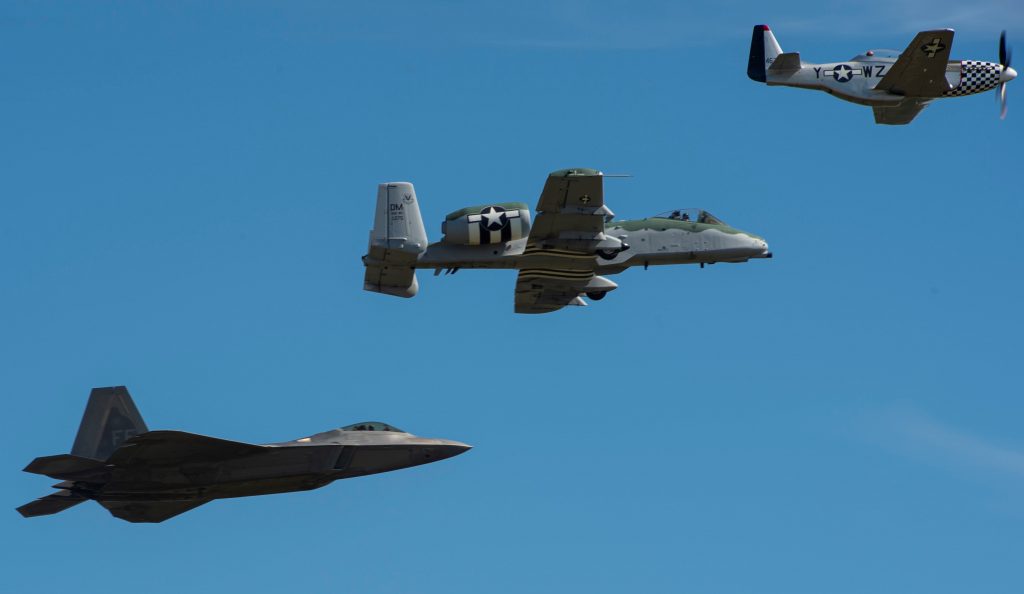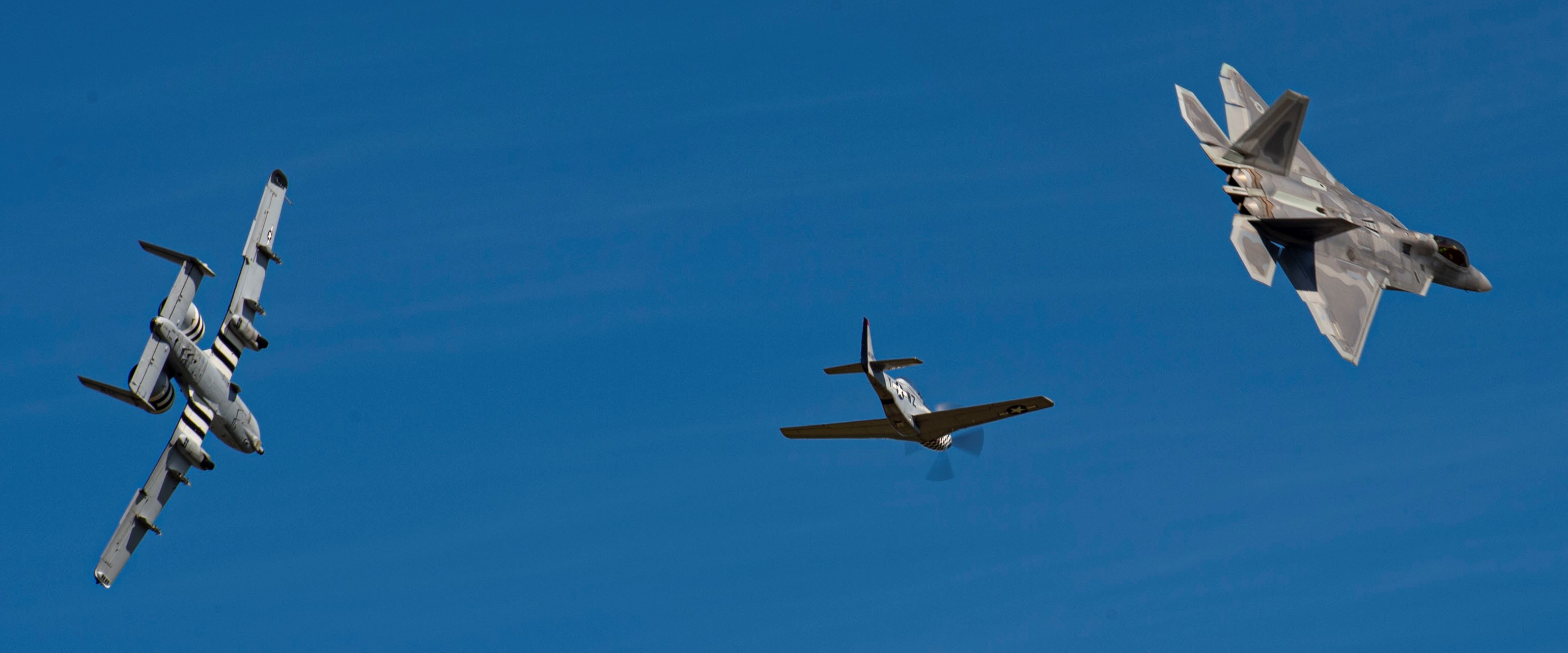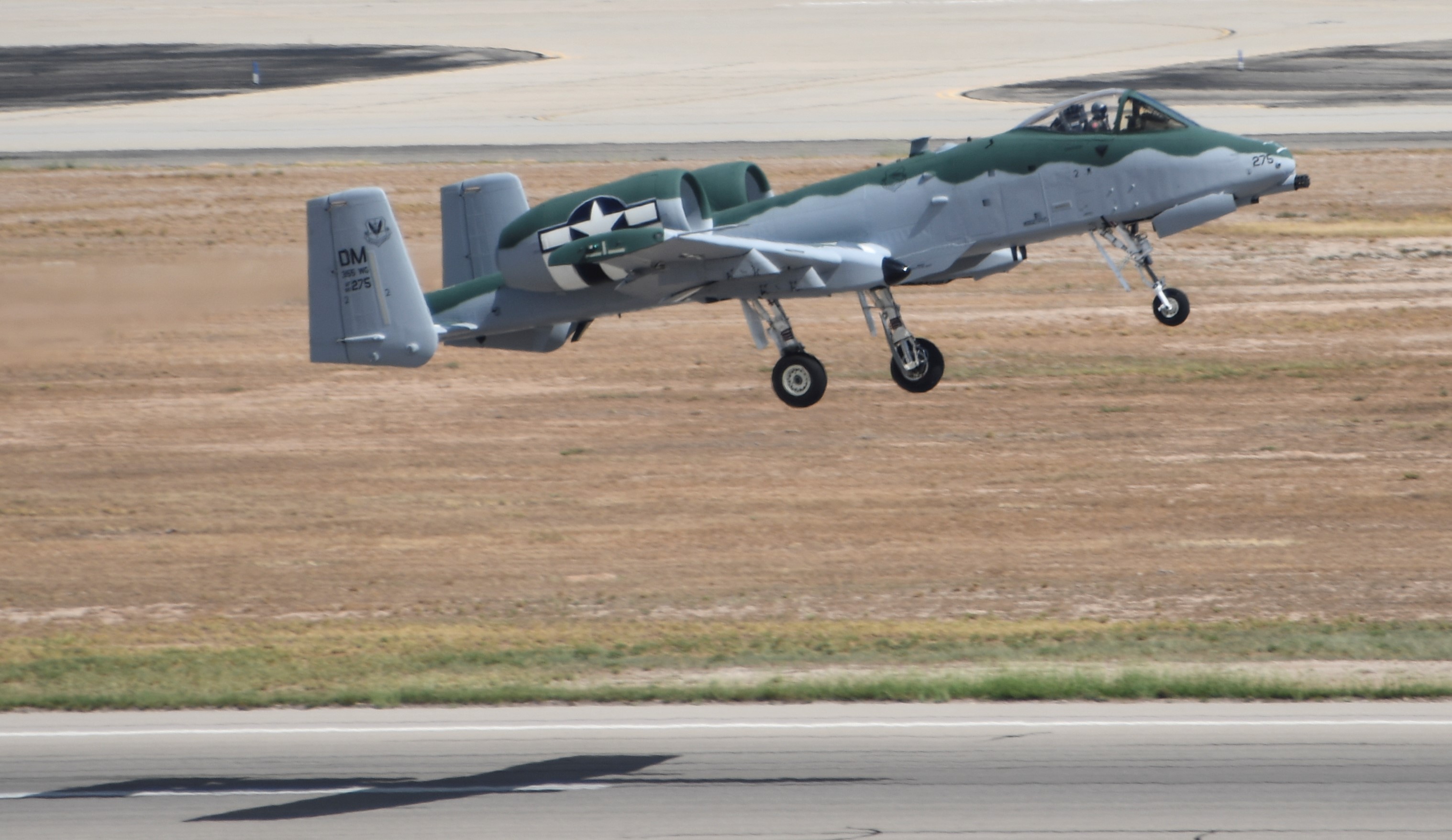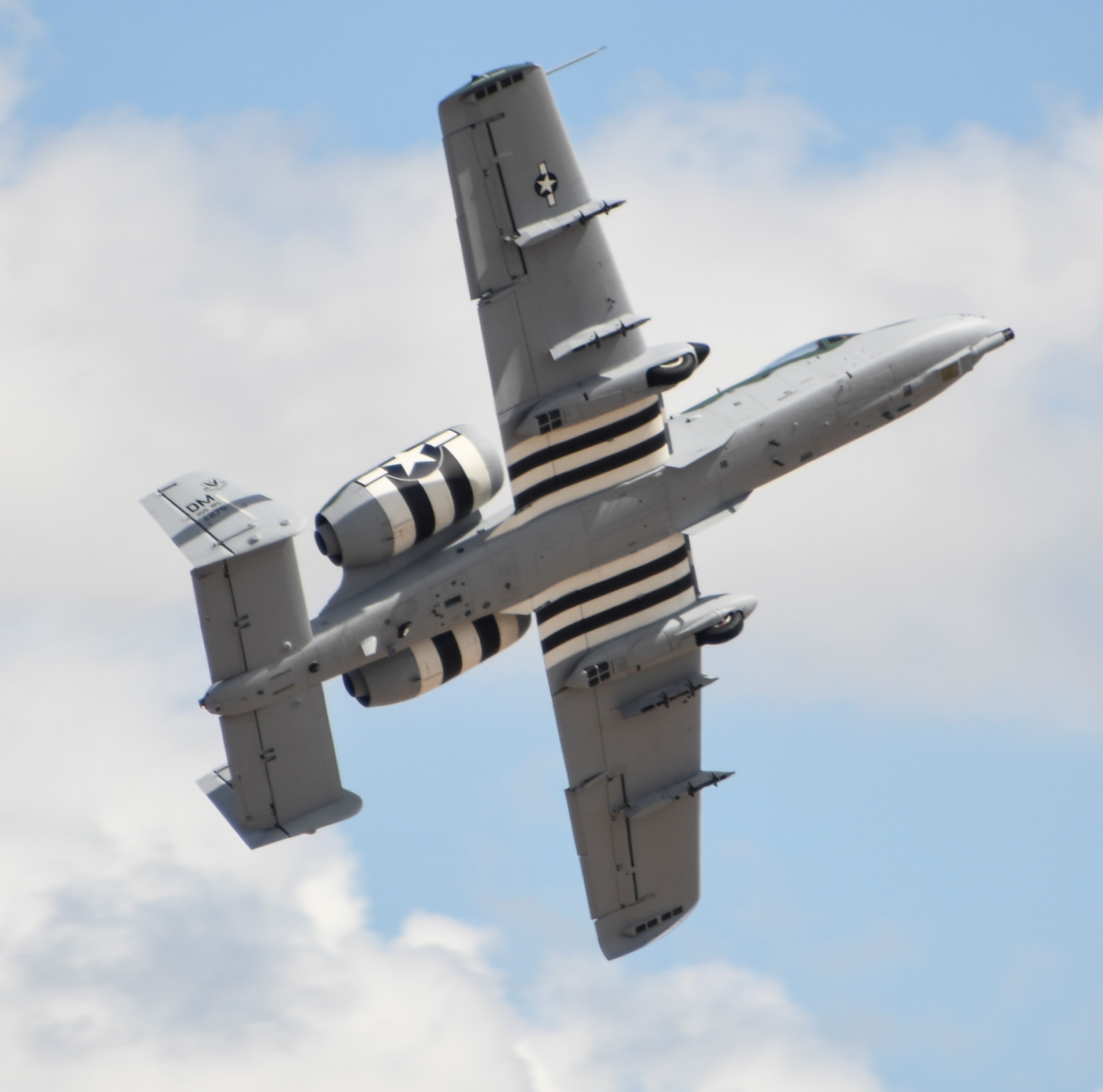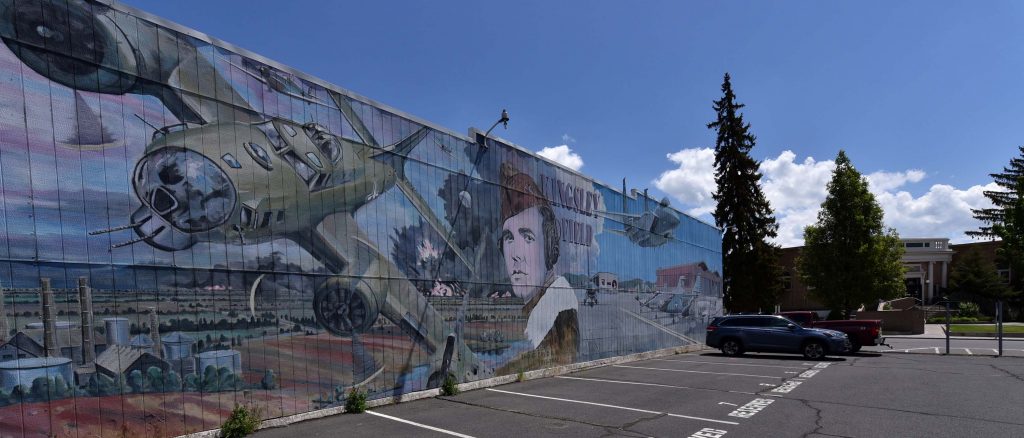
A large VFW mural honoring the 173rd Fighter Wing and its namesake, Lt. David R. Kingsley, in downtown Klamath Falls.
“We wanted to put mil-spec paint on the jet instead of the automotive paint that we dealt with last time. They don’t really make B-17 colors anymore so we had to put a special order. They have to shut down the production line and then do spray-outs and testing to make sure they are matching our federal paint standard codes.”-Master Sergeant Paul Allen
Official video report:
 For Xmas 2019, Oregon Air National Guard’s 173rd Fighter Wing got a new paint job for their F-15C “Sandman” Eagle, but they had to go to Edwards Air Force Base, in California, to get it. Supposedly it’s because the paint facilities in Oregon couldn’t handled the custom paint job.
For Xmas 2019, Oregon Air National Guard’s 173rd Fighter Wing got a new paint job for their F-15C “Sandman” Eagle, but they had to go to Edwards Air Force Base, in California, to get it. Supposedly it’s because the paint facilities in Oregon couldn’t handled the custom paint job.
The F-15 was painted with colors as close as possible to a World War Two Boeing B-17 bomber, which required olive drab, green and grey colors with a catalyst. It also has invasion stripes and star-n-bar insignia as seen on WW-2 USAAF fighters.
Relying on ground shipping services turned out to be a losing deal as only half the paint and half the catalyst was delivered. The paint supplier was located in the Los Angeles area so the team, who drove all the way down from Oregon, drove out to LA to get the orange color (as in OrANG, Oregon Air National Guard?). Turns out the paint shop at Edwards had enough of the other colors in stock to get the rest of the job done.
The paint job crew included Drew Sorlien, Tim Bodner, Cameron Curtin, Jeff Southern, and Derek Larman. It’s dedicated to Second Lieutenant David R. Kingsley, a radio operator on B-17s, killed in action on 23JUN1944, after a bombing mission over the oil fields at Ploesti, Romania. He was posthumously awarded the Medal of Honor for taking off his parachute and strapping it on a wounded member of the crew. The 173rd Fighter Wing is based at Kingsley Field, named in honor of David Kingsley.
Here’s video from April 2019, unveiling the all new Mini-Eagle:
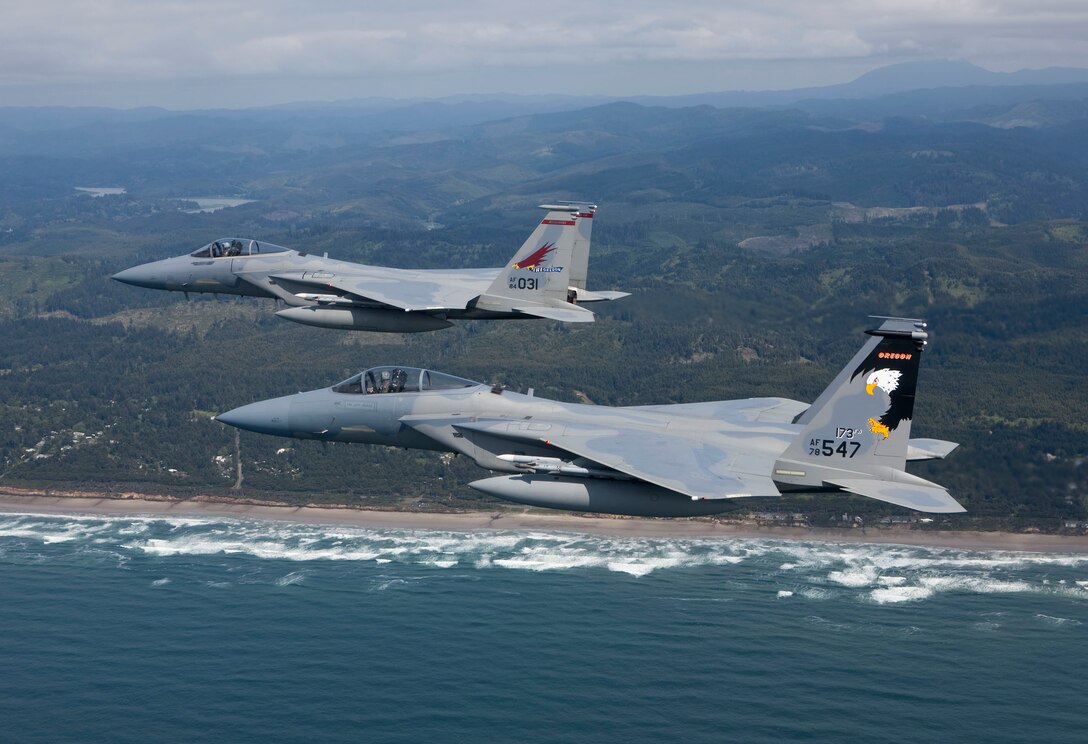
173rd and 142nd F-15s formate along the Oregon coast.
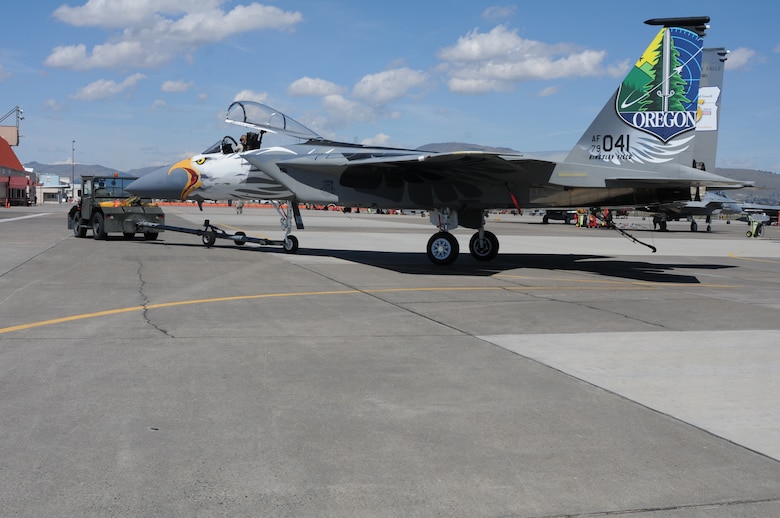
Another F-15 painted to celebrate 75 years of the Oregon Air National Guard.
2016 video of the 75th Anni OrANG Eagle:
2016 video report 20th Anni 173rd Fighter Wing:
MOUNTAIN HOME AFB F-15E WALK-AROUND
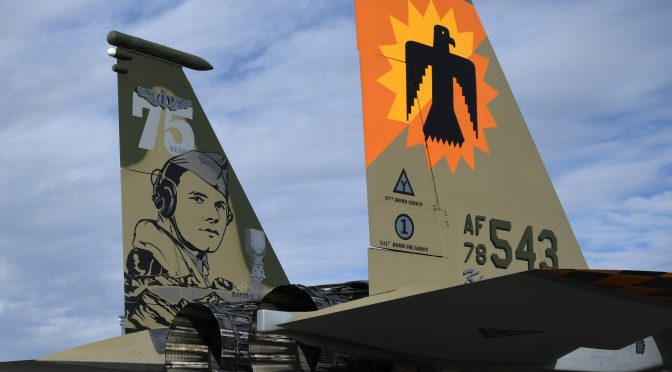
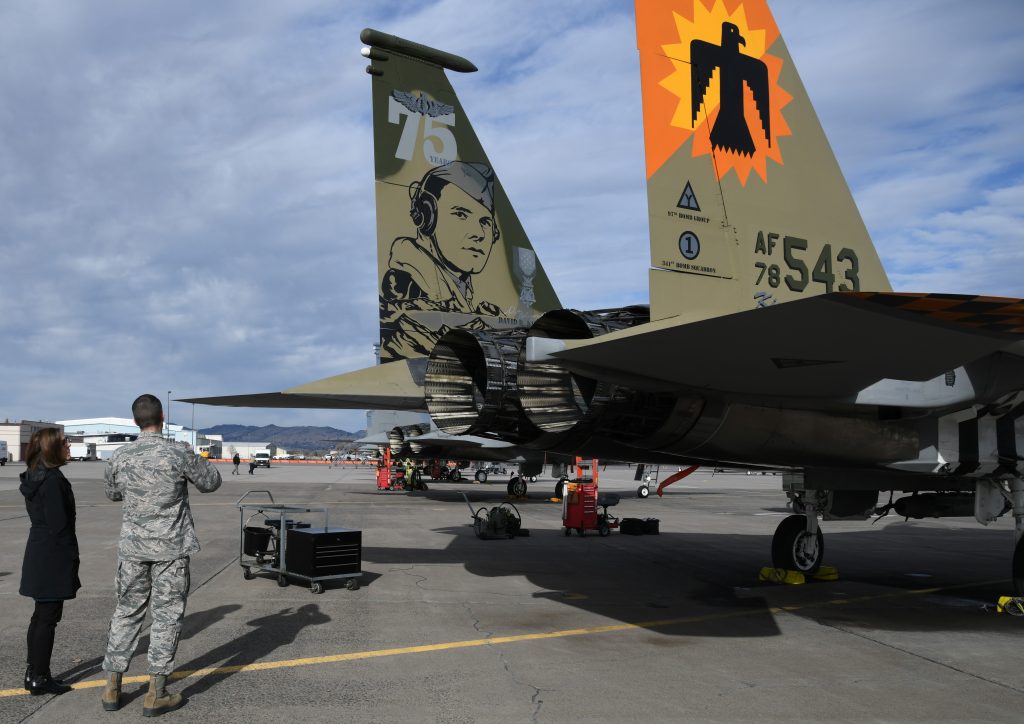
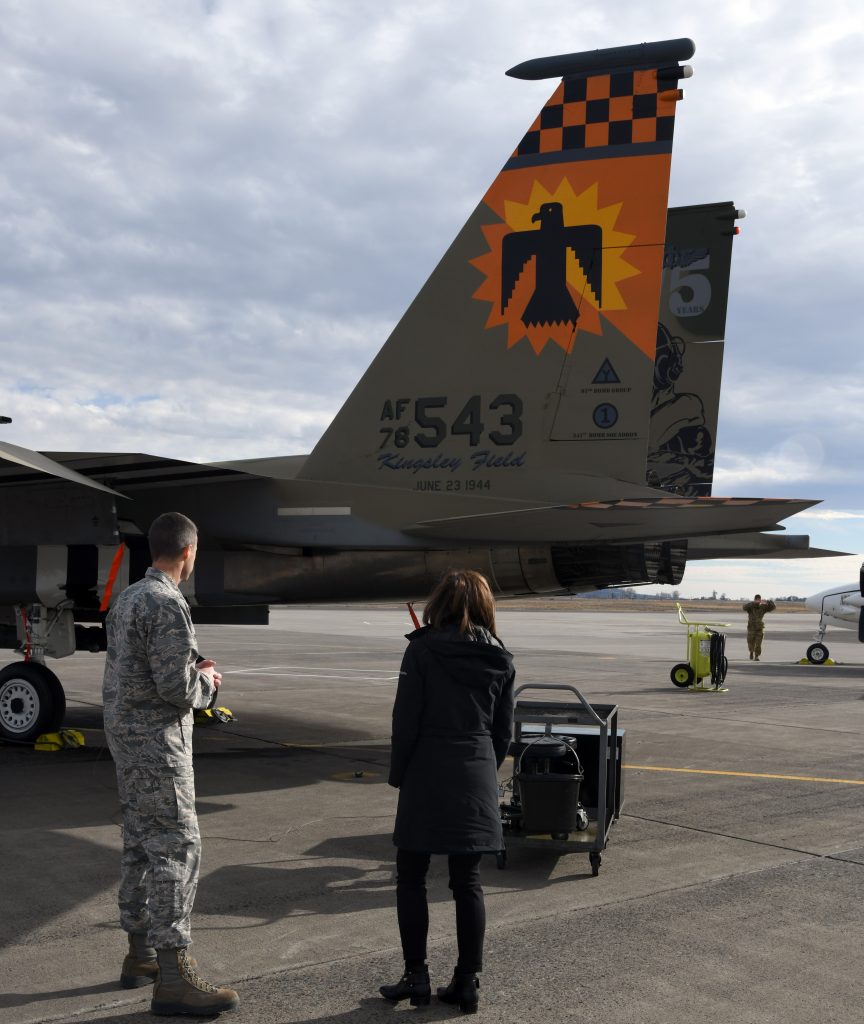
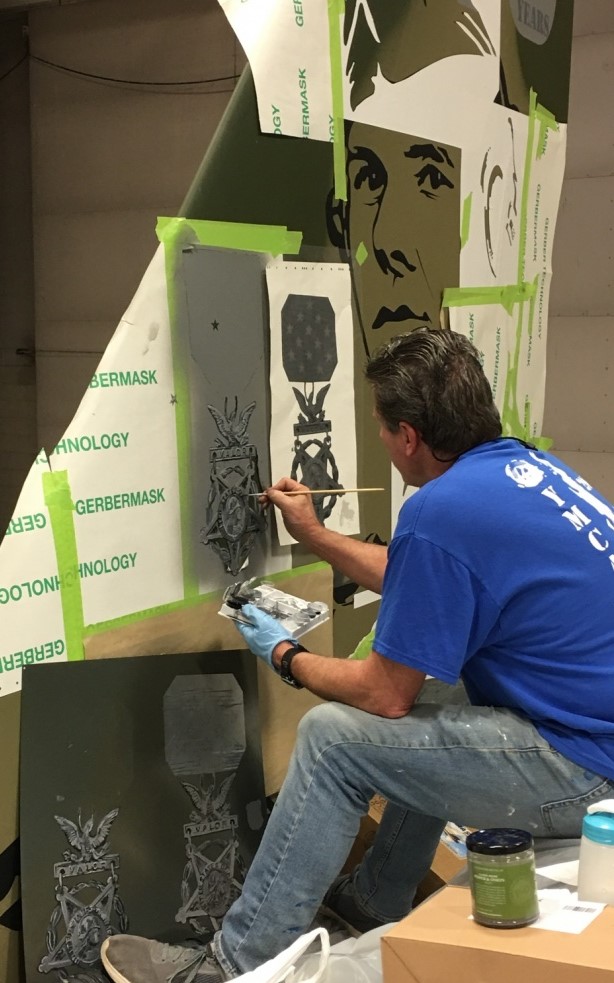
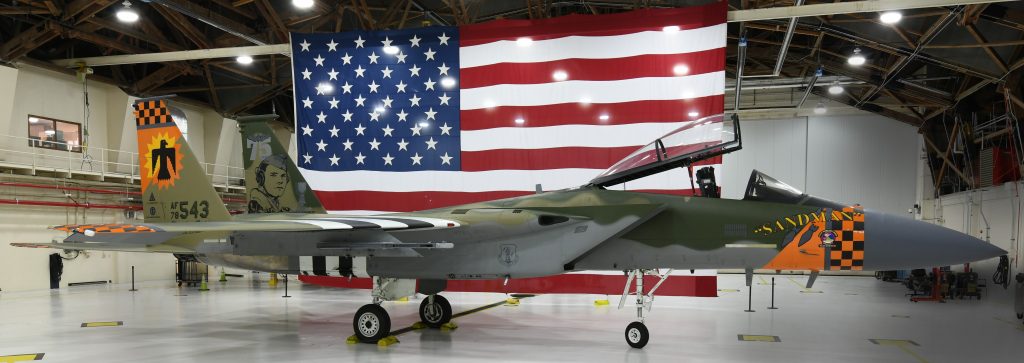
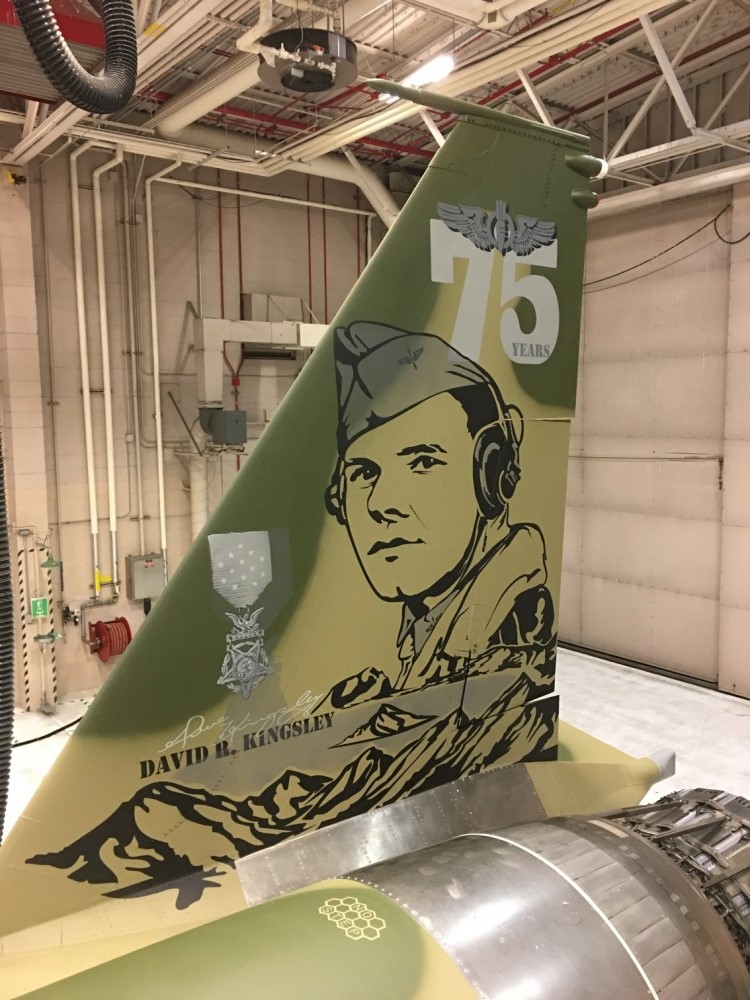
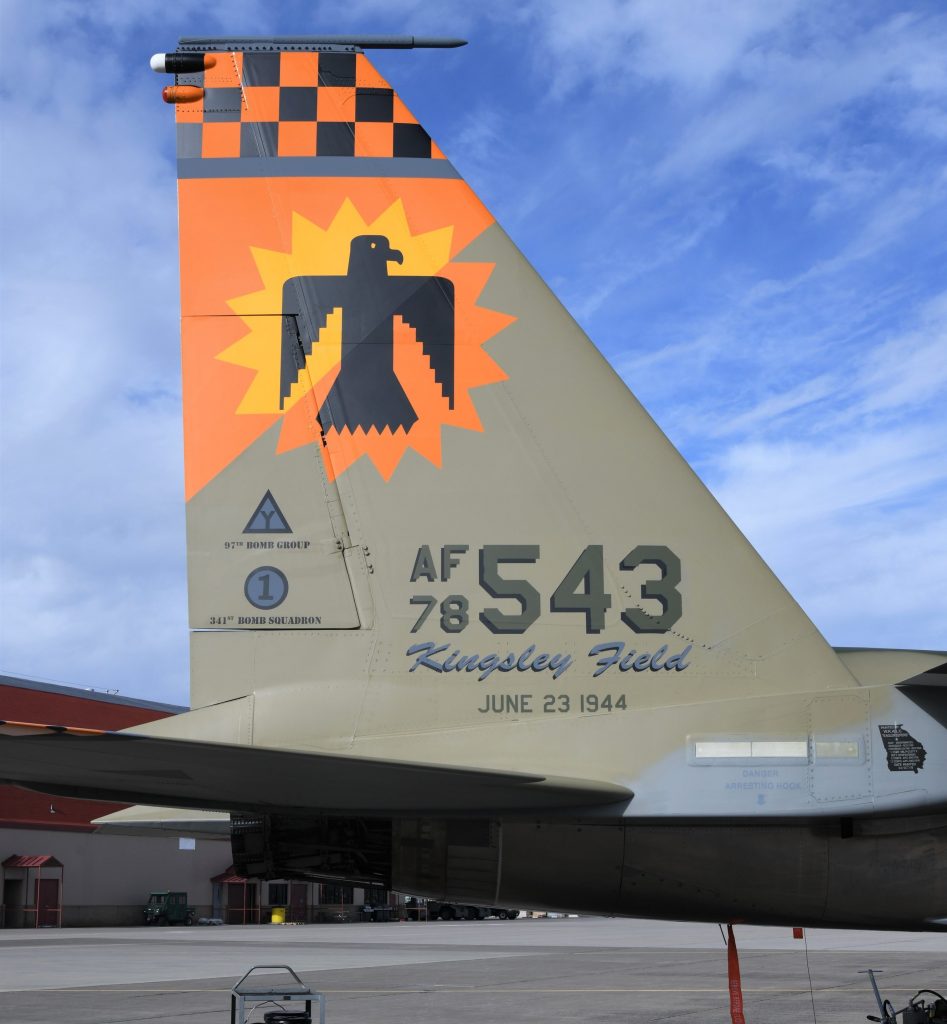

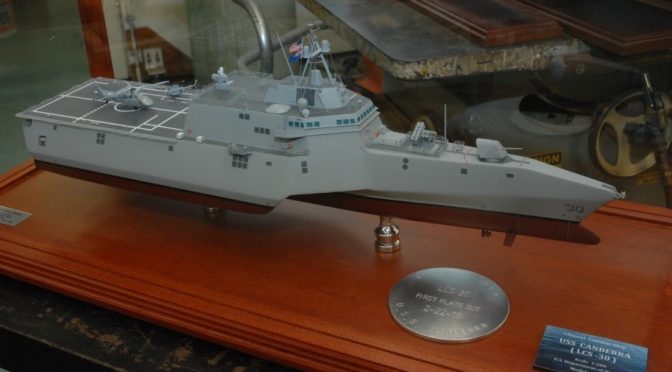
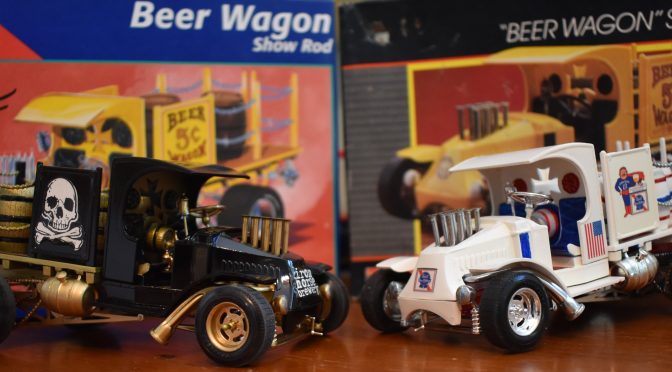
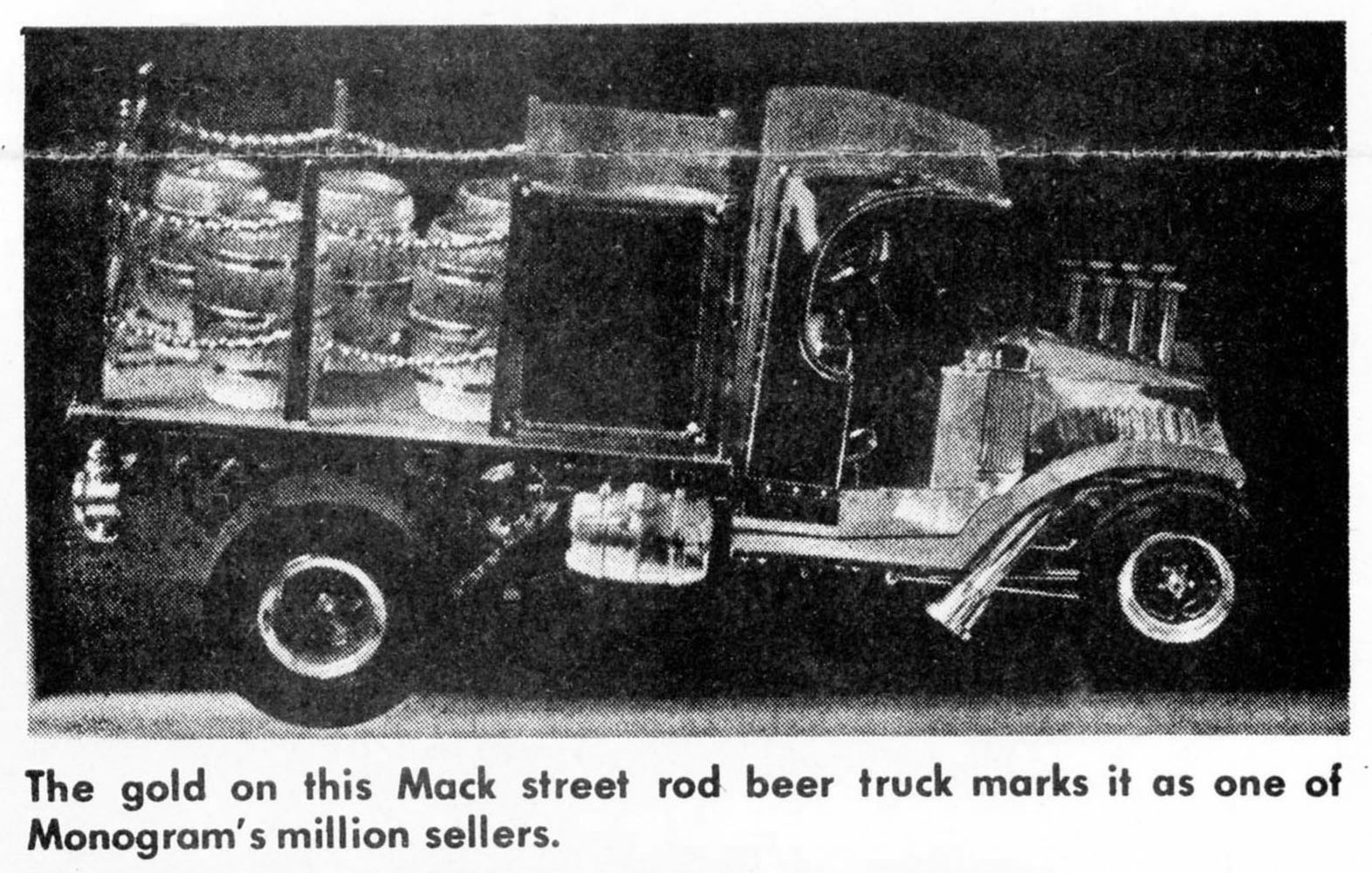
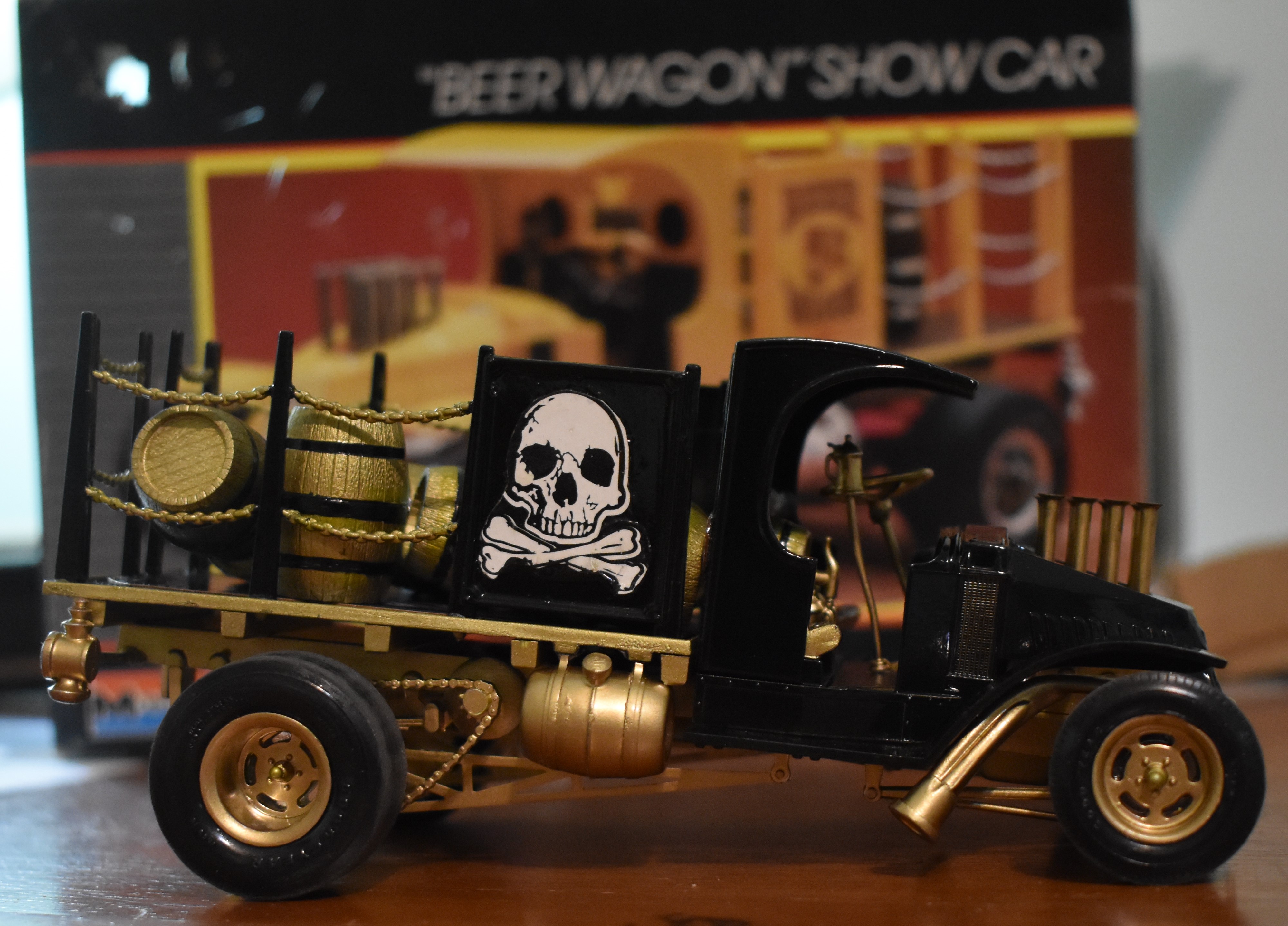
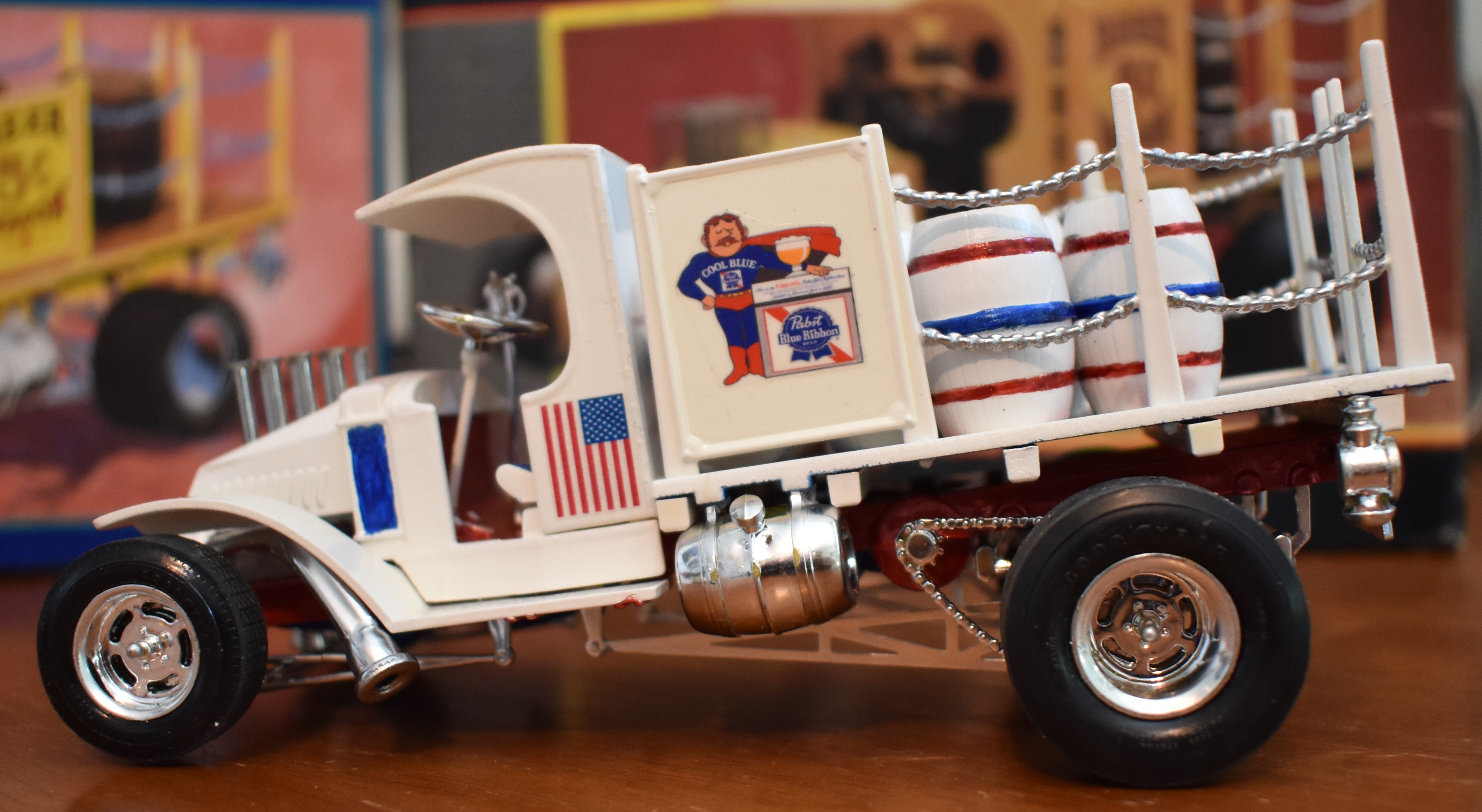
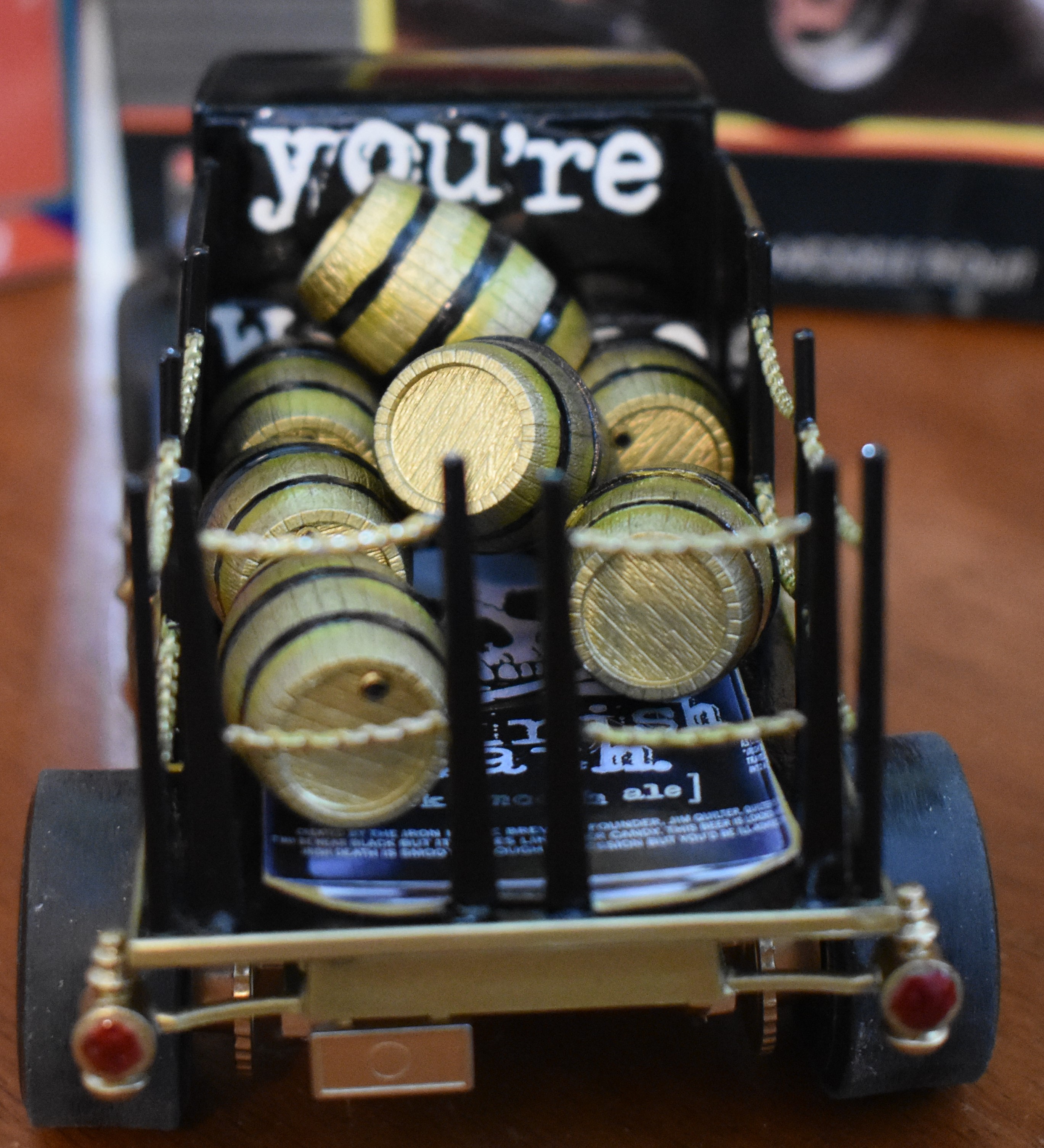
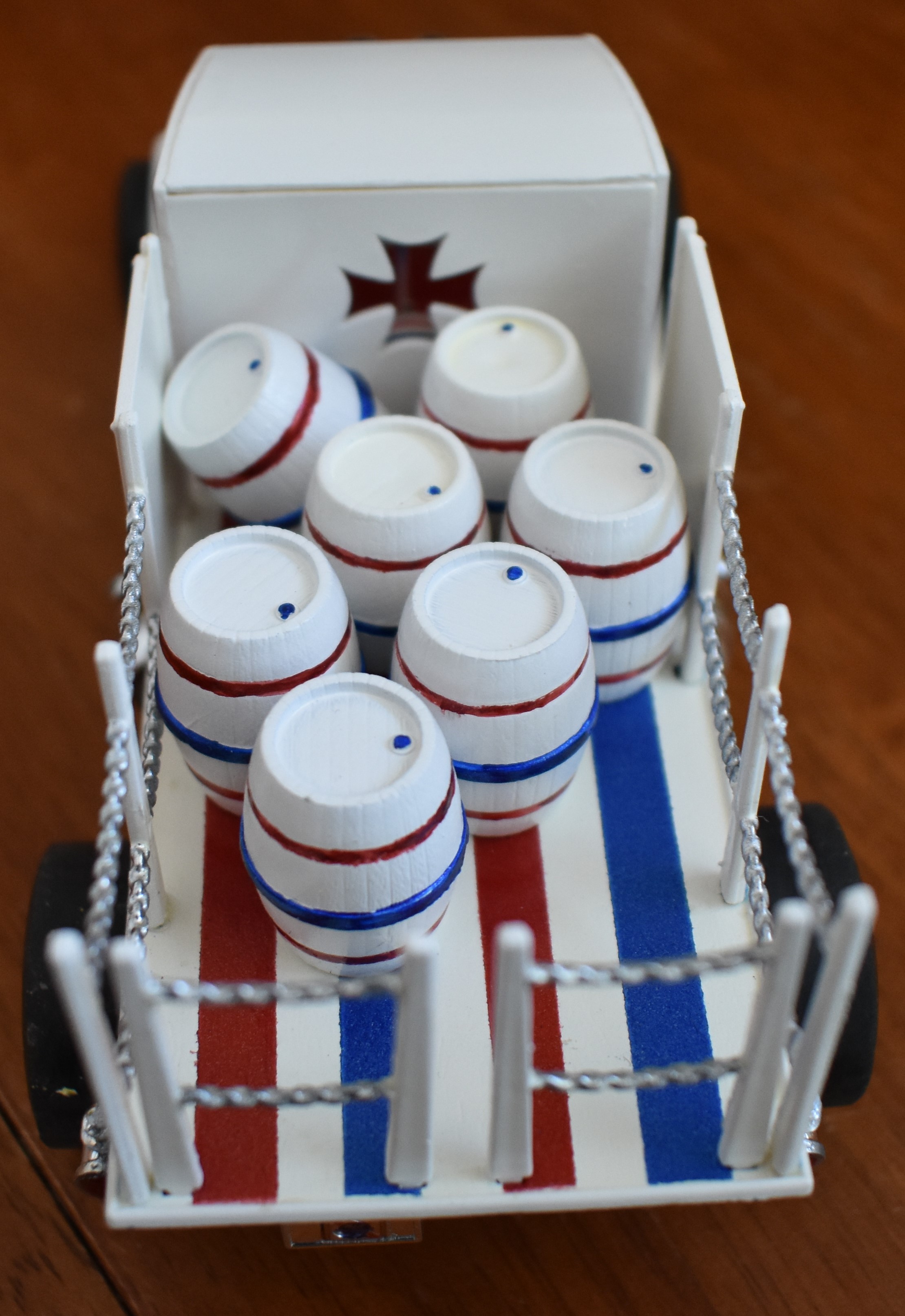
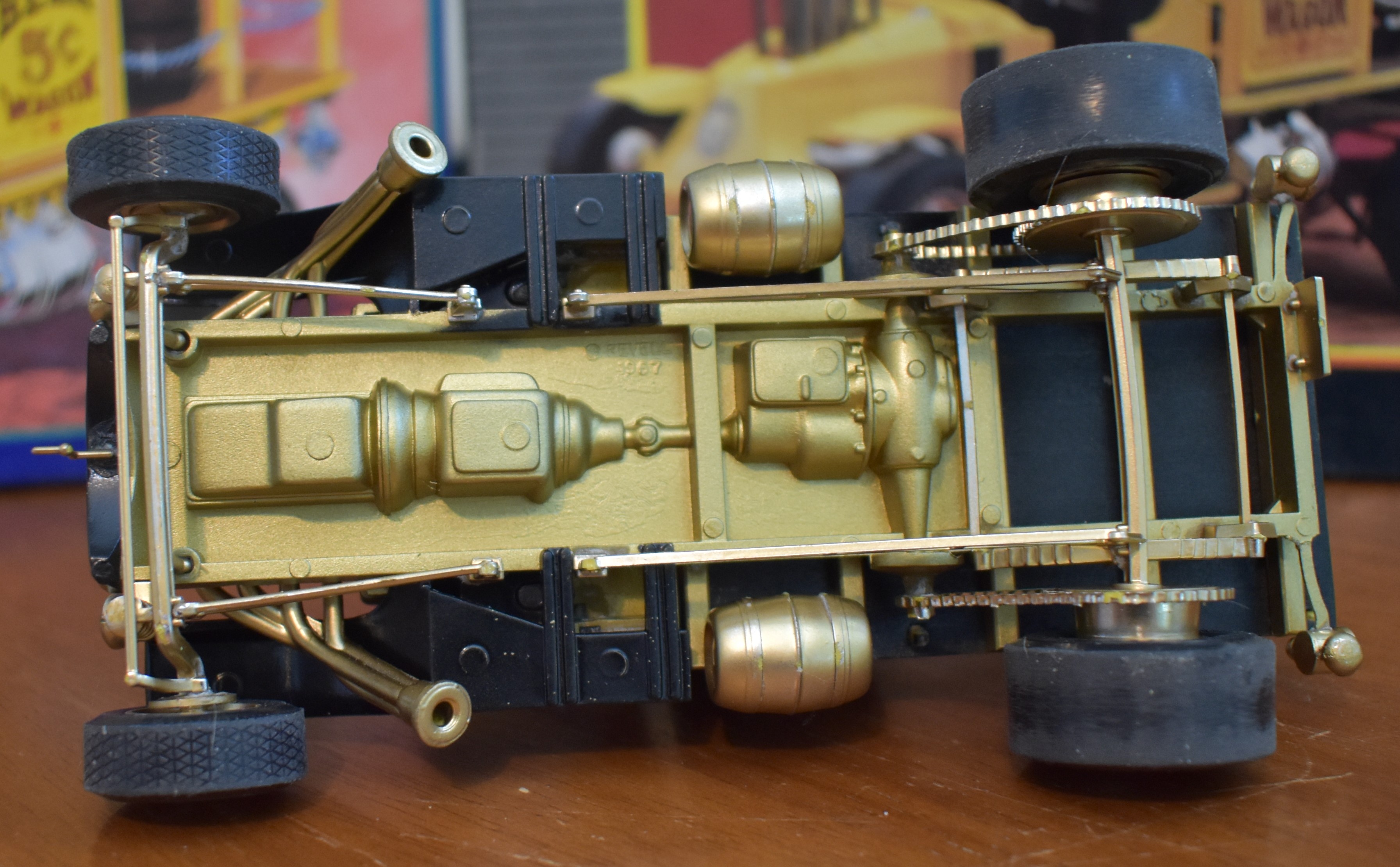
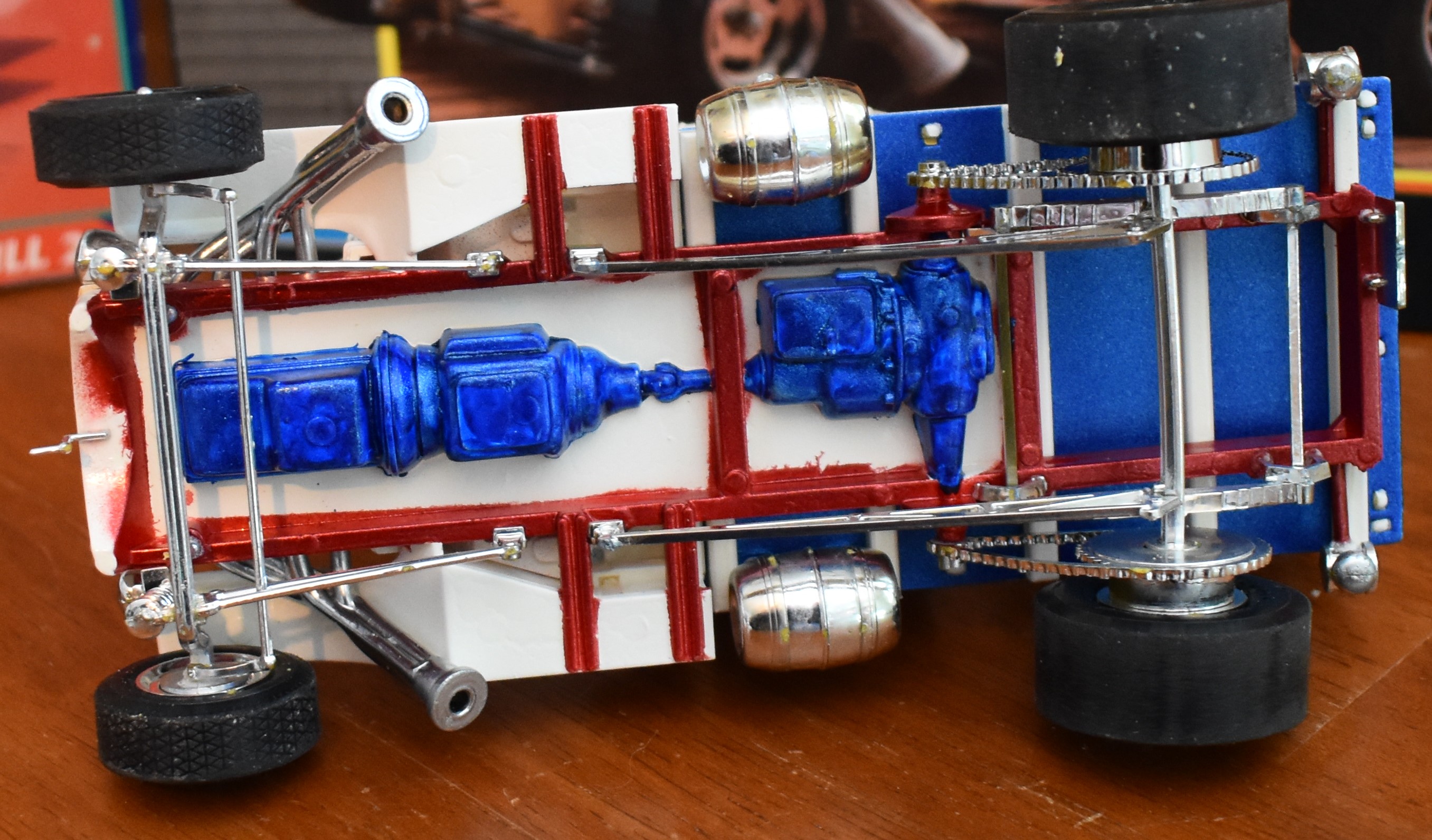
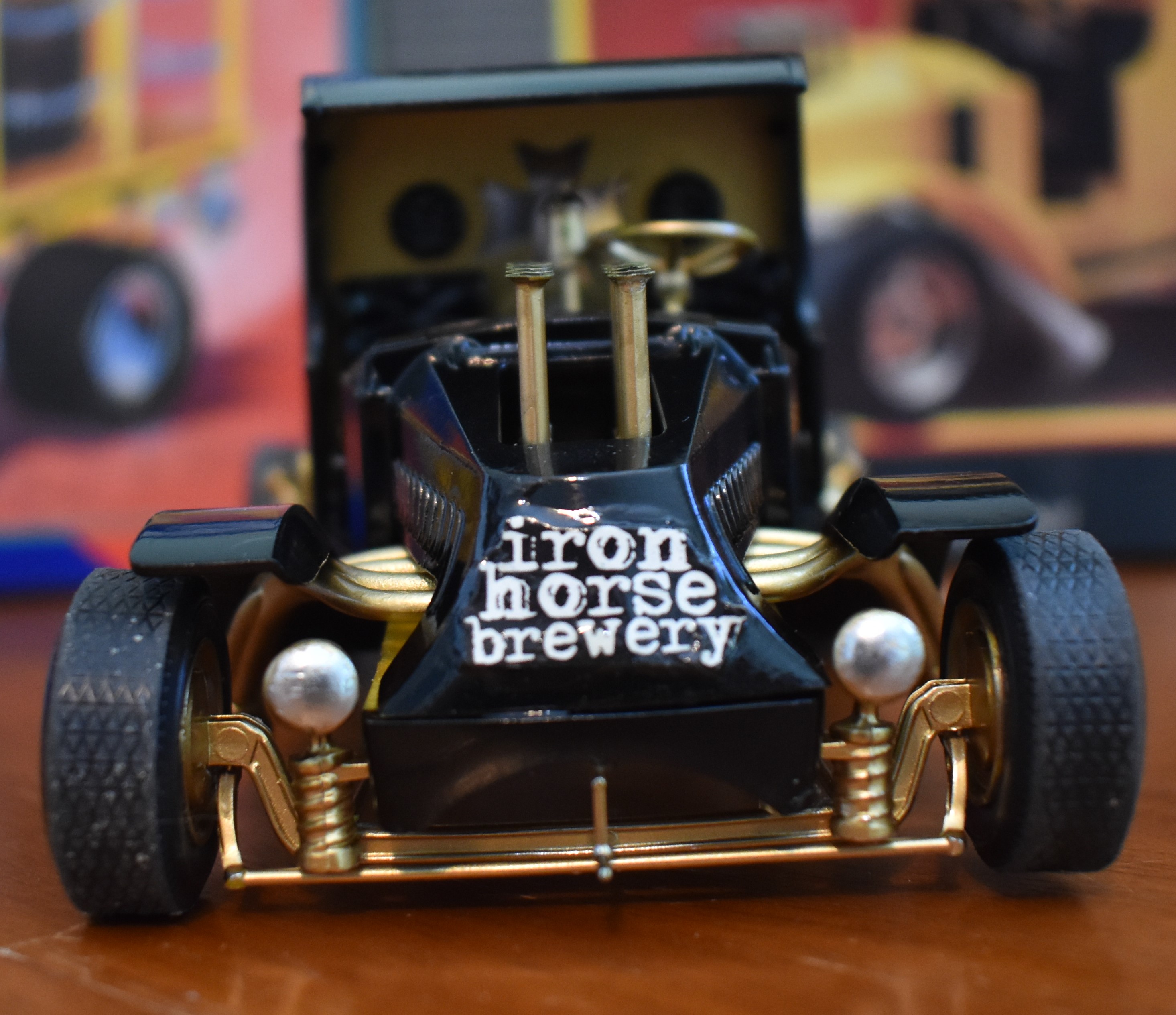
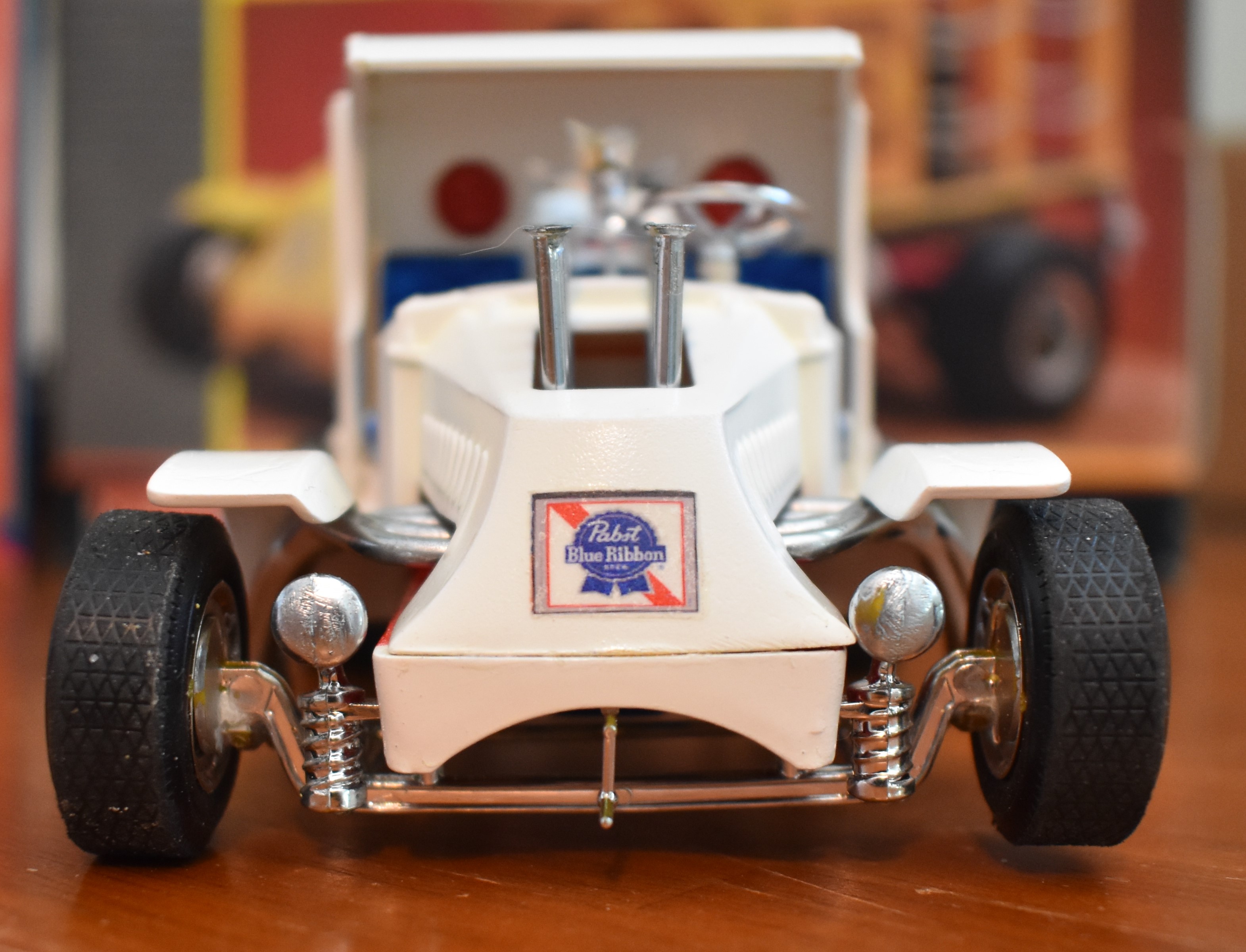
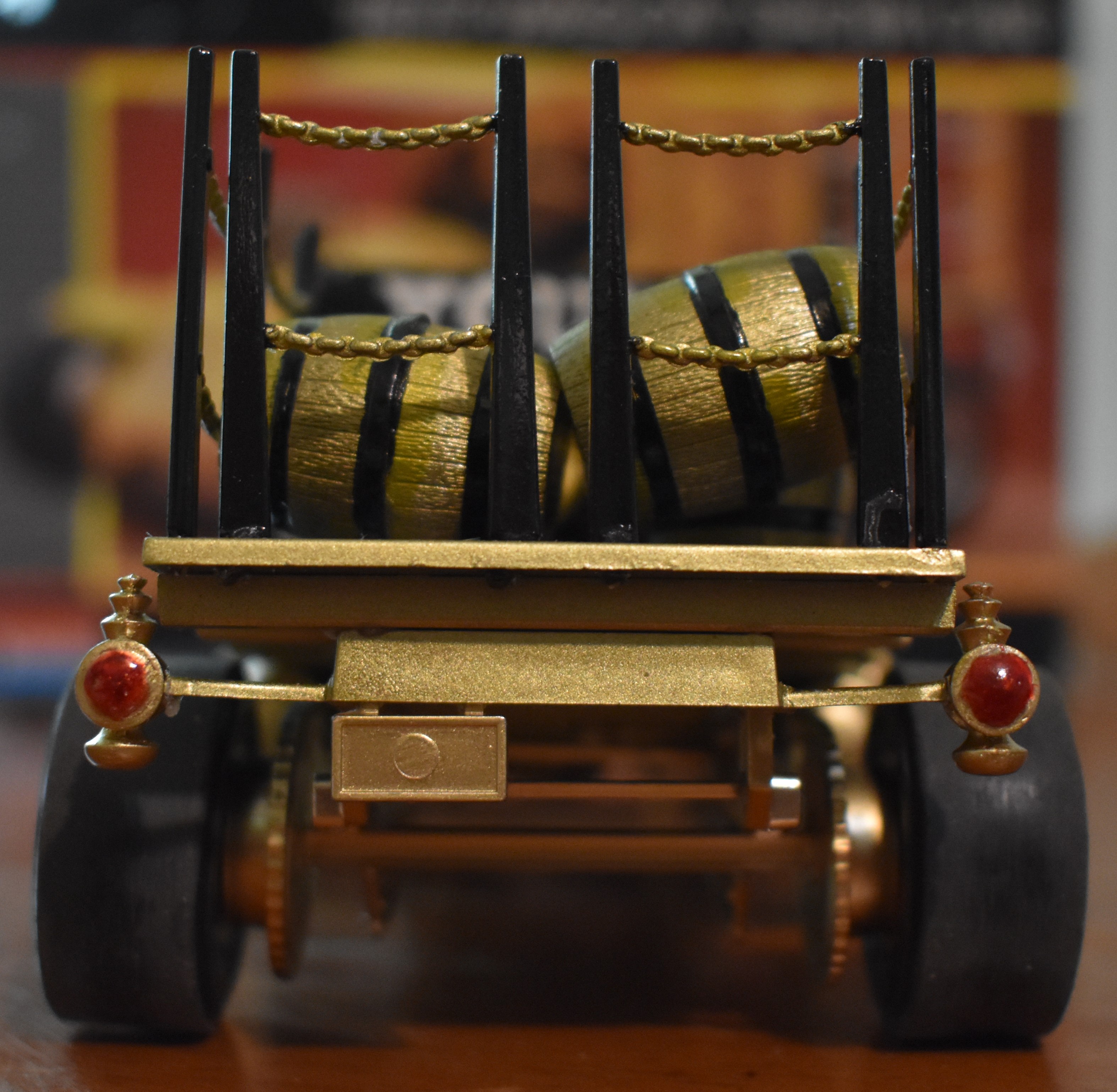
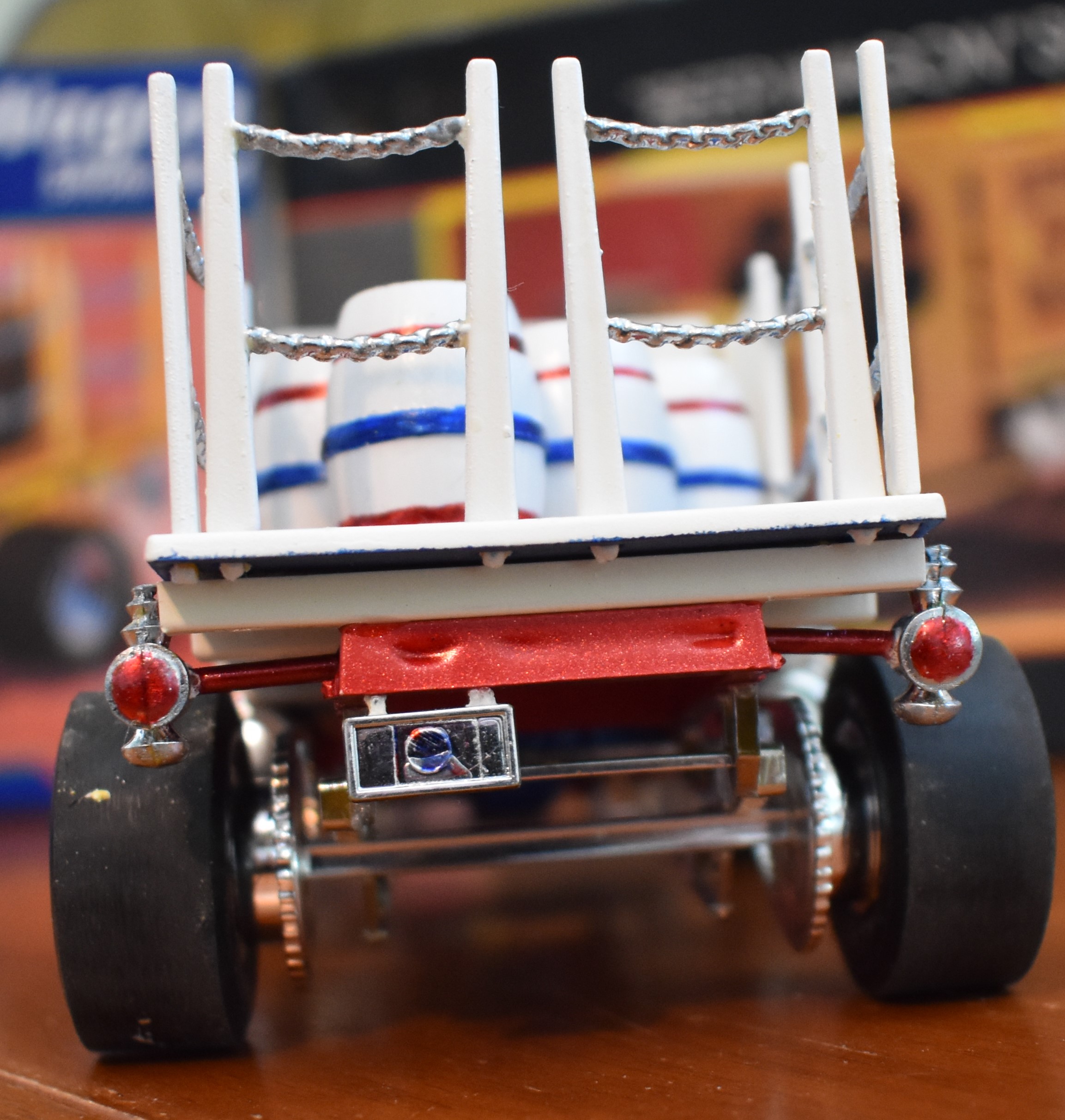
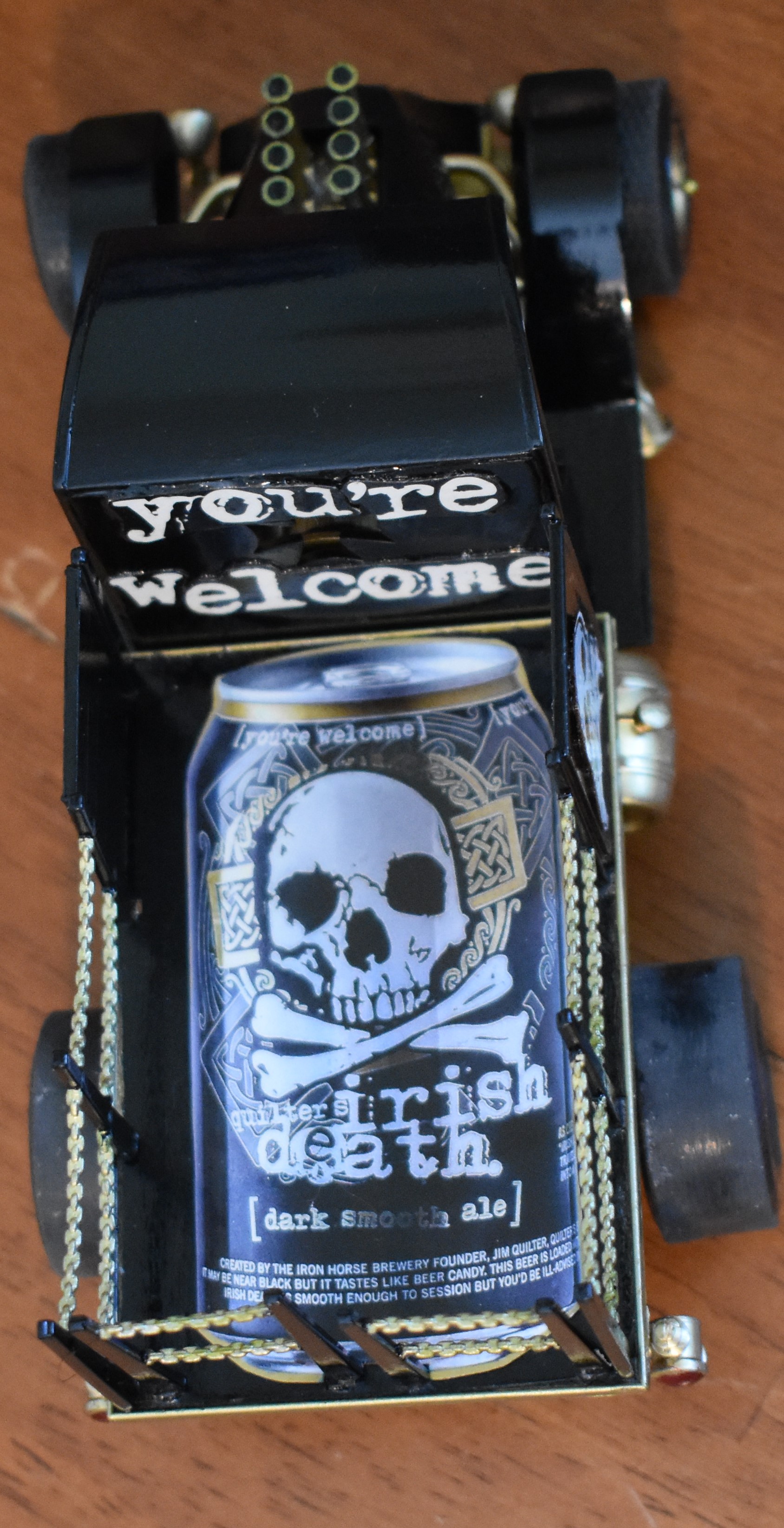

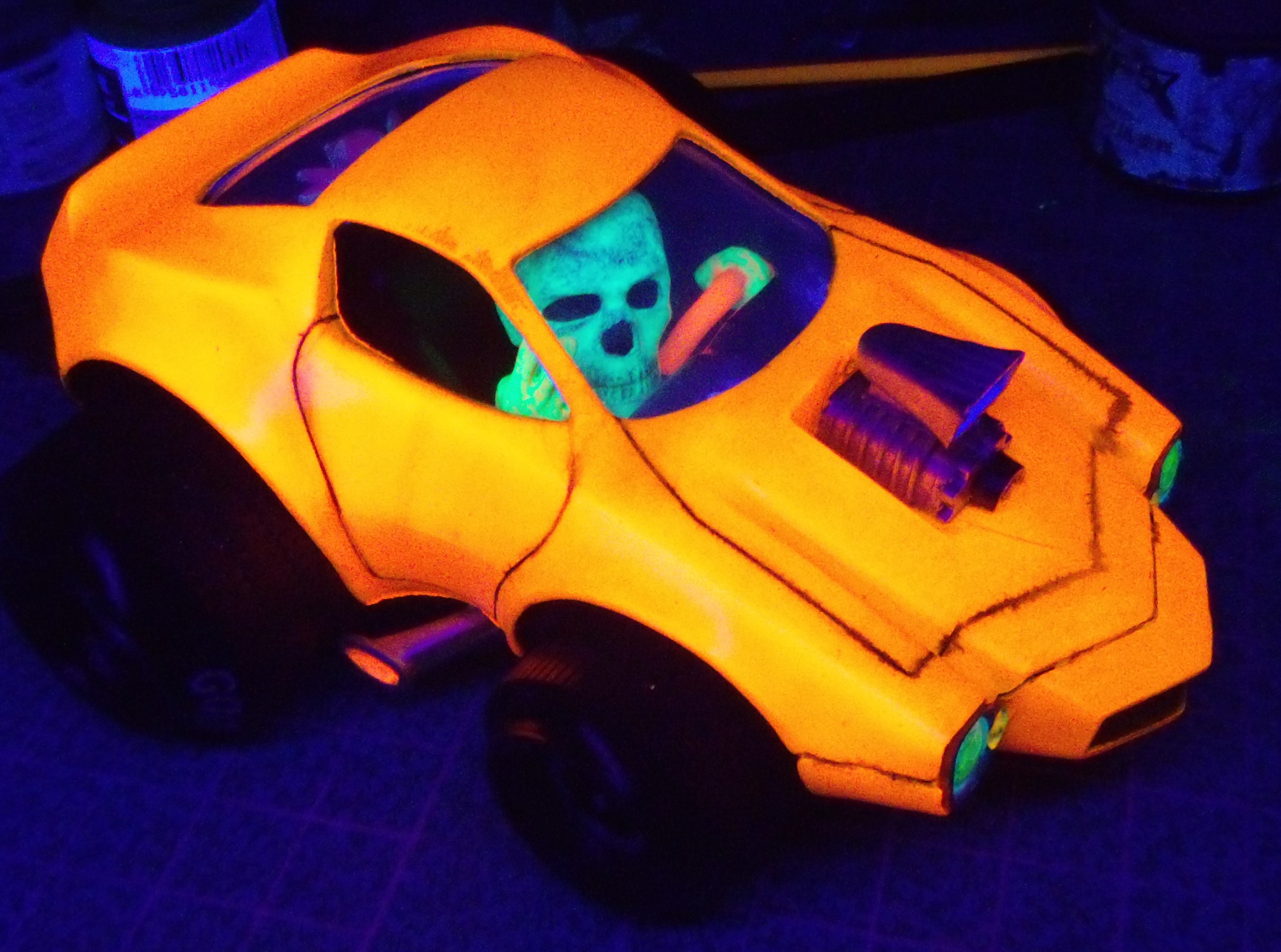
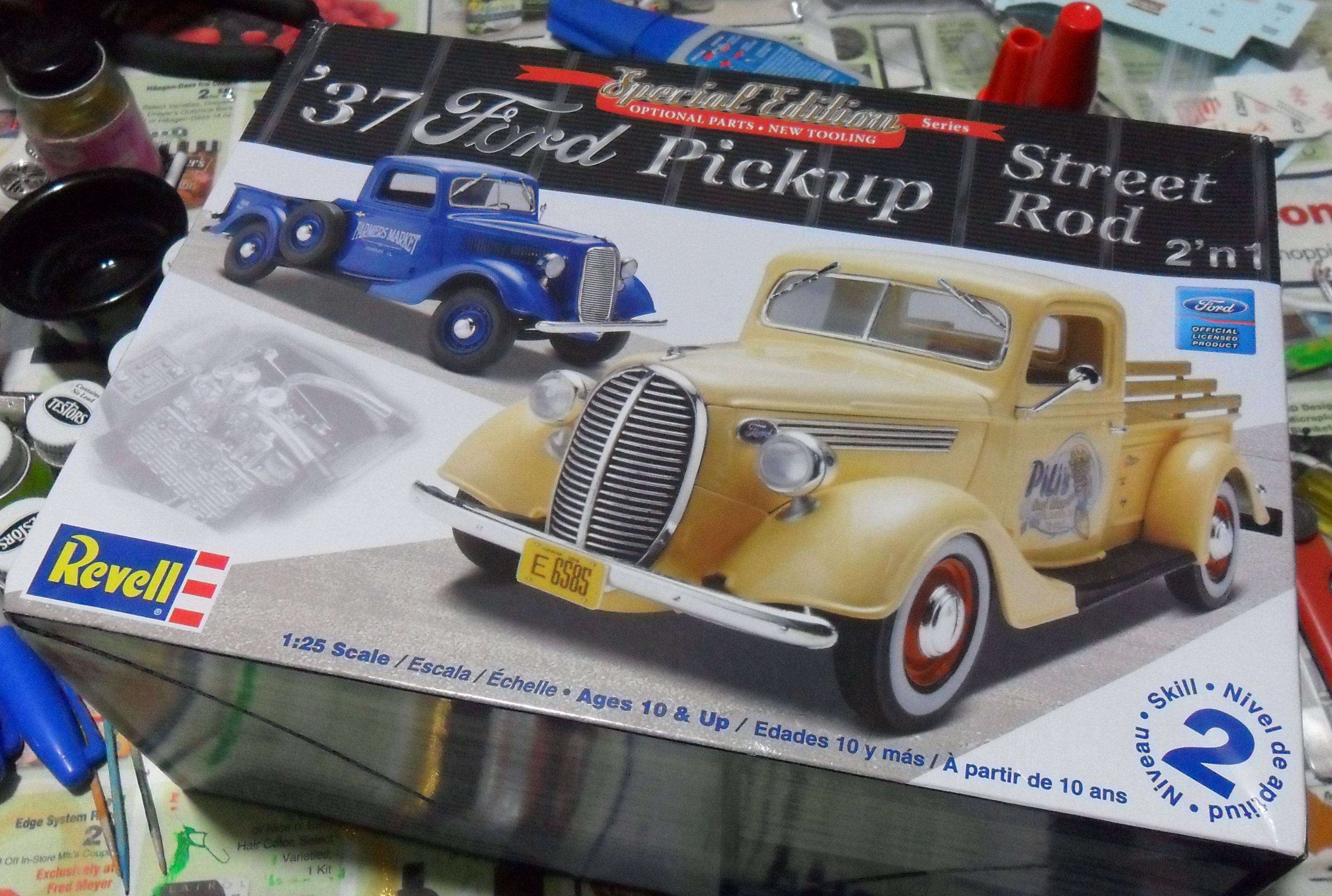
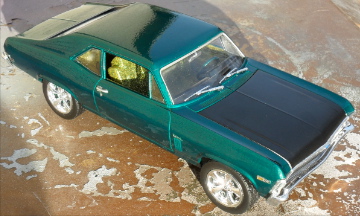
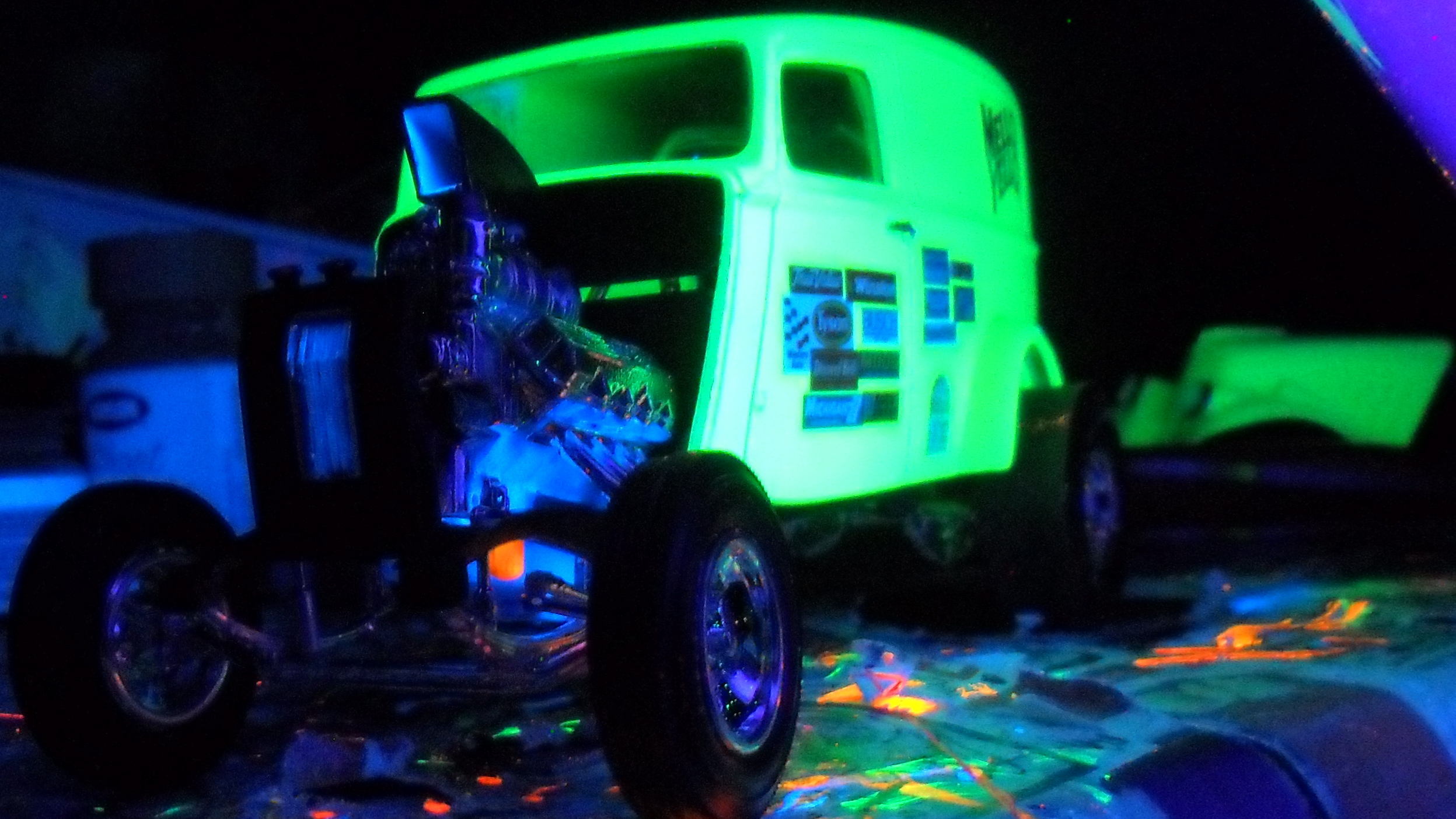
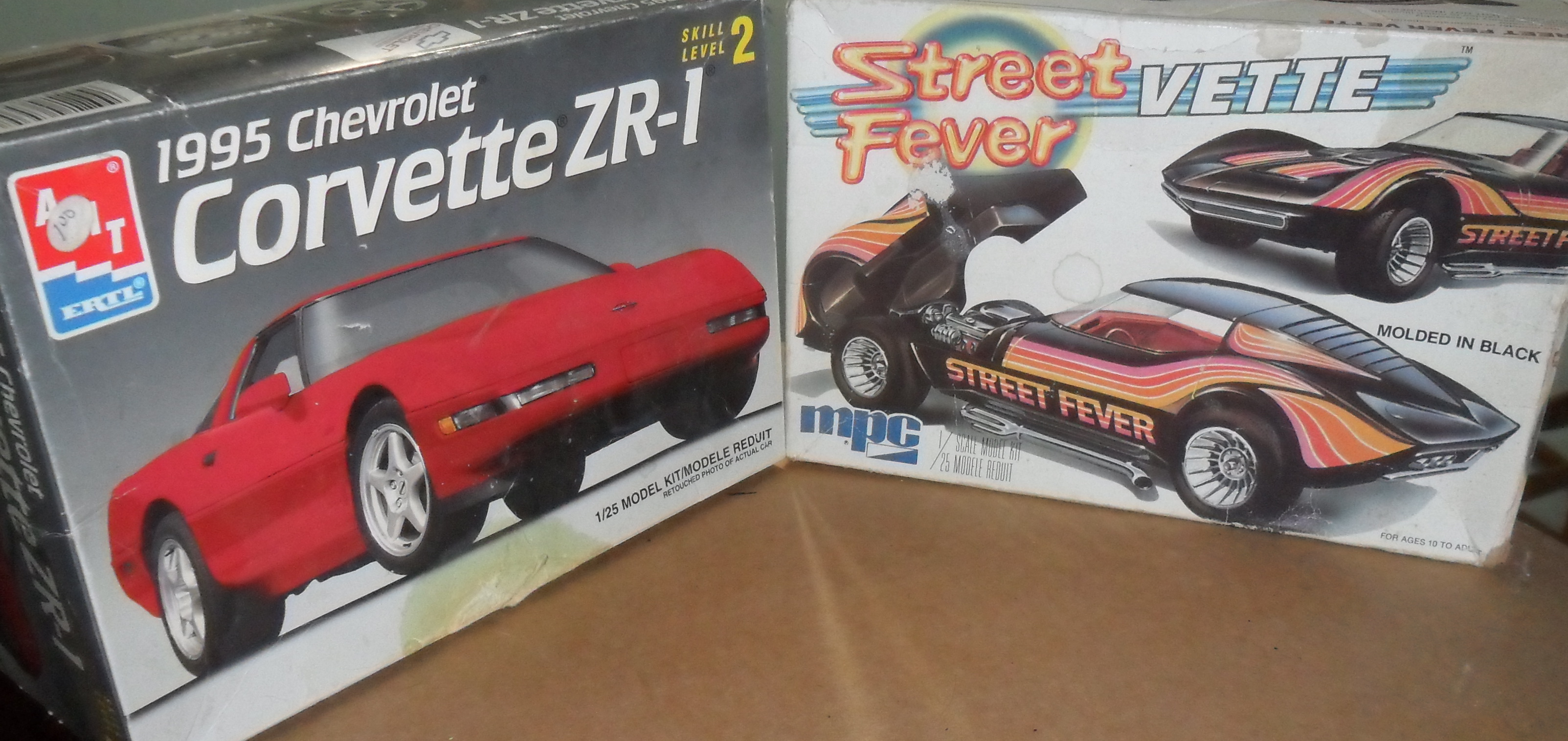
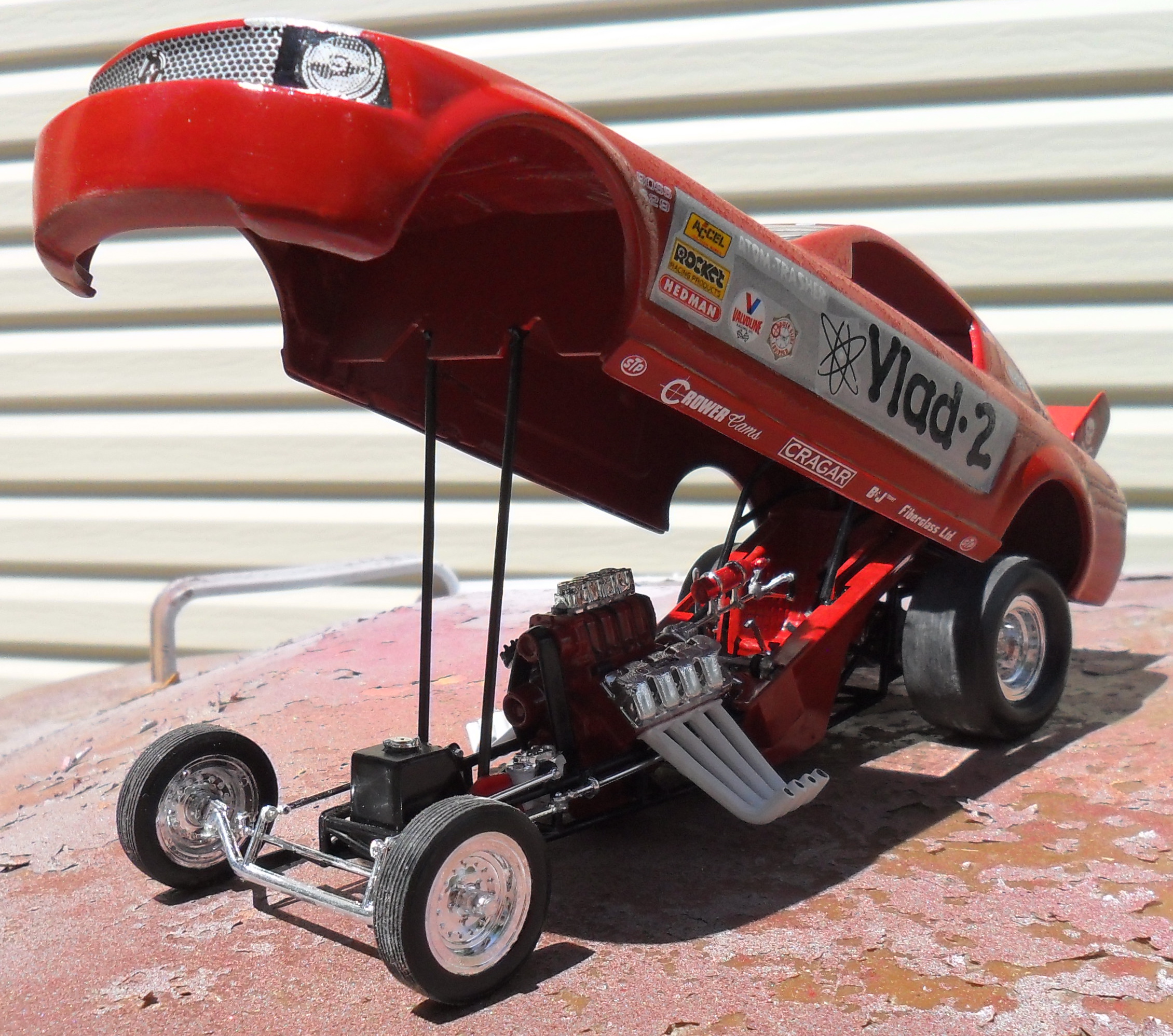
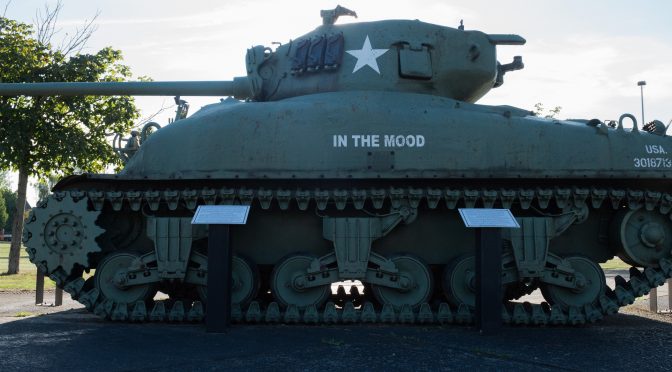
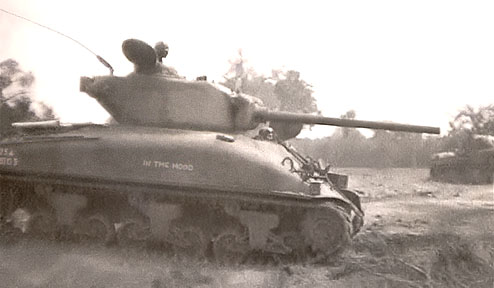 The above World War Two photo is considered to depict the third In The Mood, a M4A1 76(w). Note that the gun tube has no muzzle break. The current restored In The Mood does. Apparently all three In The Moods had extremely short lives. There’s more info about the confusion over the various In The Mood M4s @
The above World War Two photo is considered to depict the third In The Mood, a M4A1 76(w). Note that the gun tube has no muzzle break. The current restored In The Mood does. Apparently all three In The Moods had extremely short lives. There’s more info about the confusion over the various In The Mood M4s @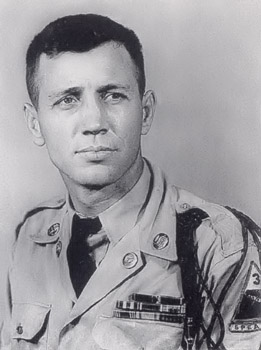
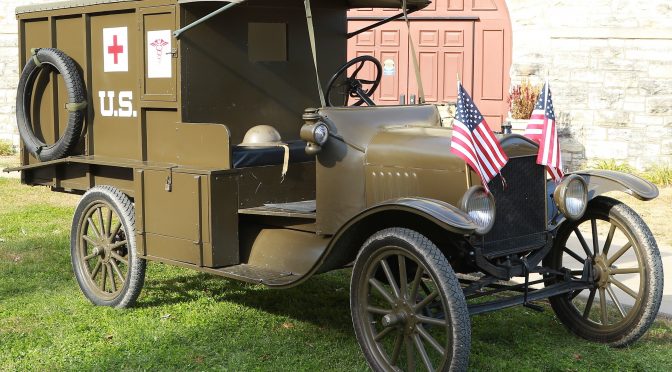




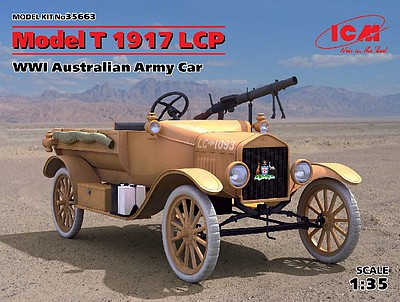


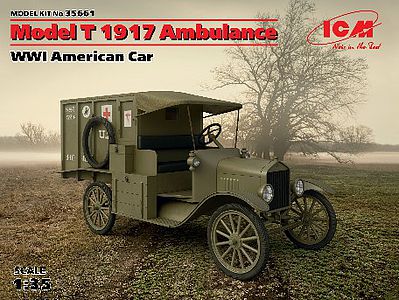





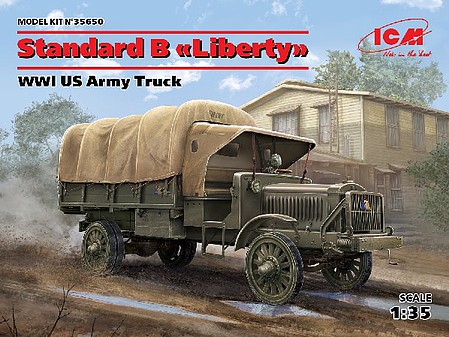





 The driver’s seat sits on the fuel tank.
The driver’s seat sits on the fuel tank.




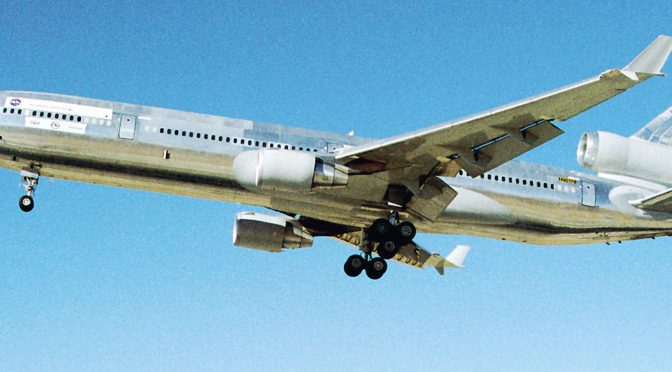
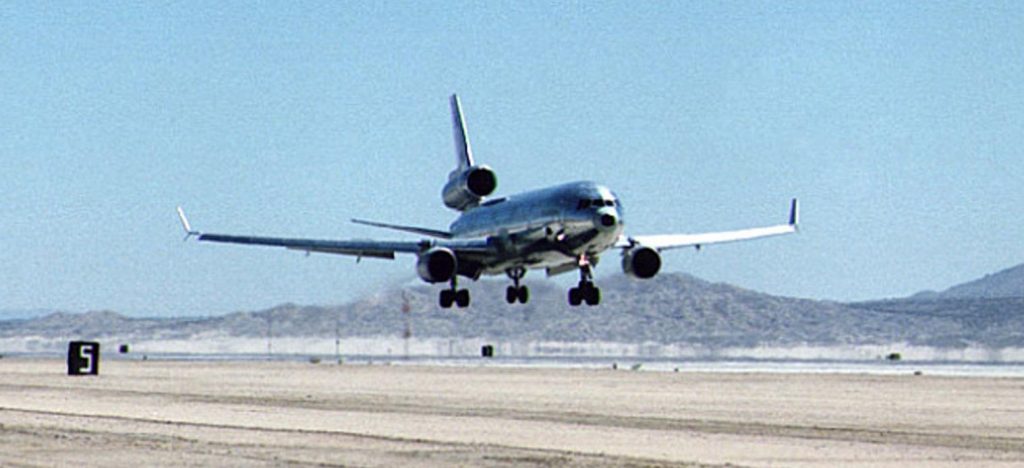
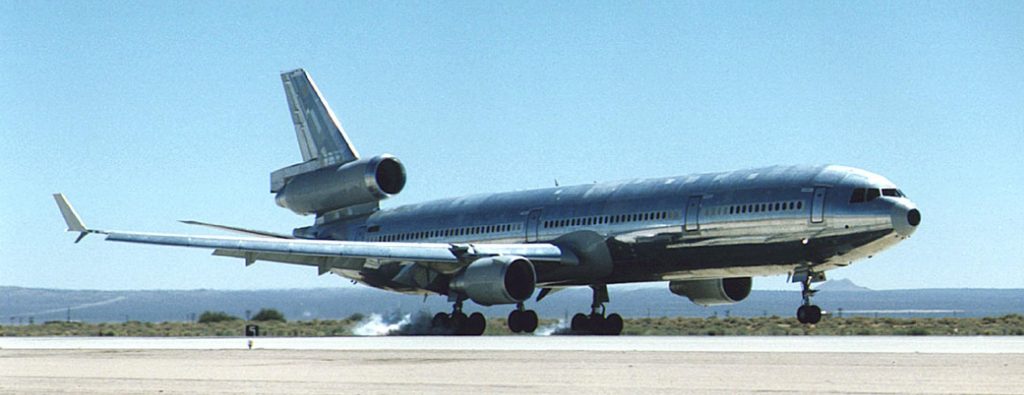
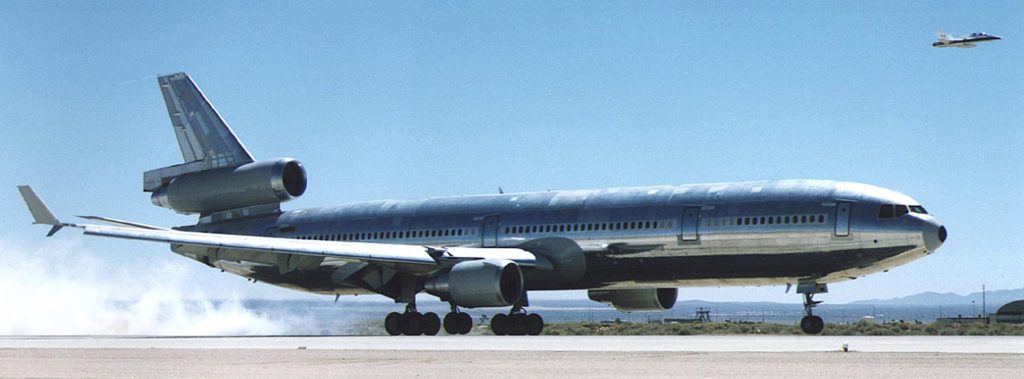
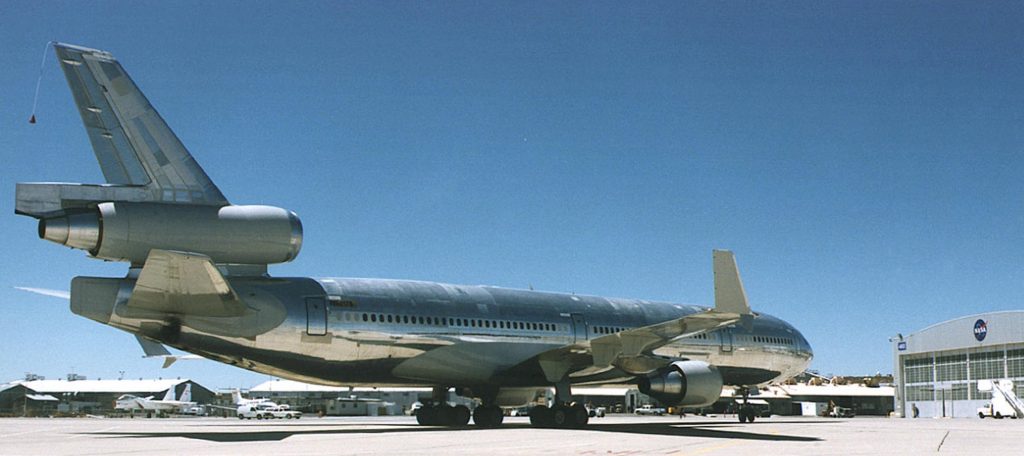
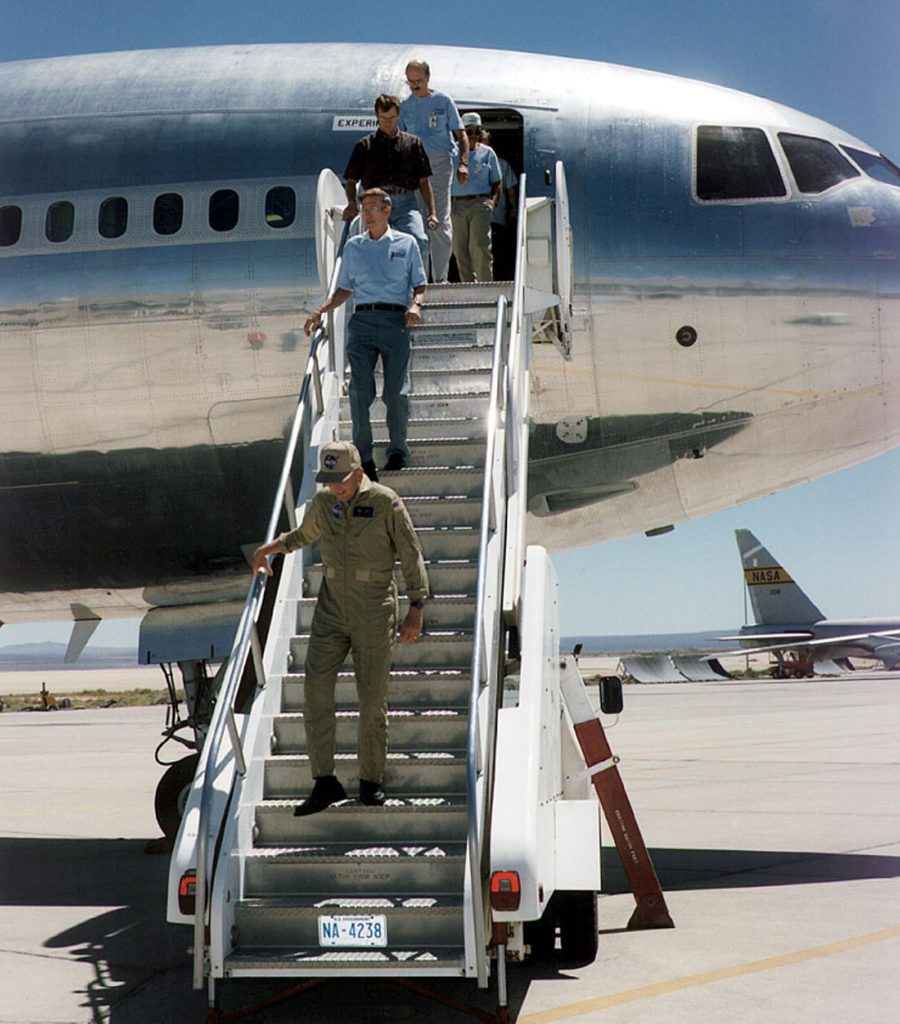
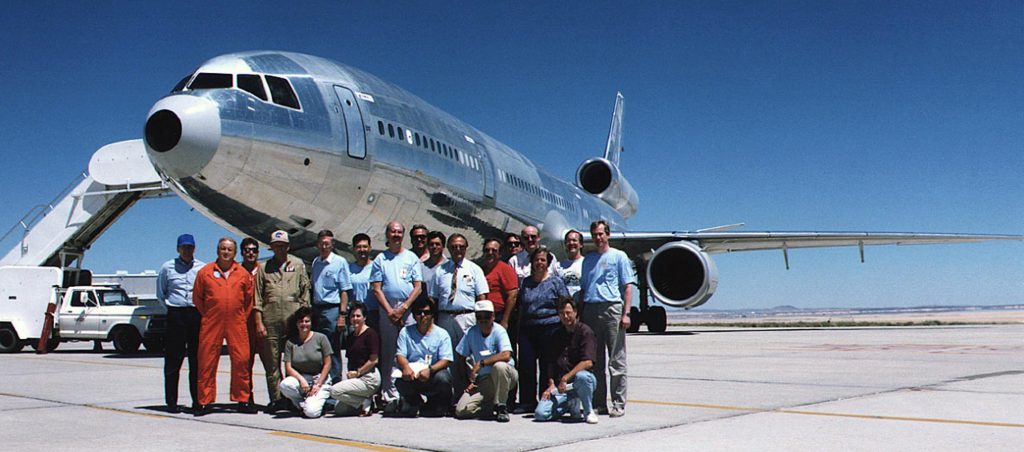
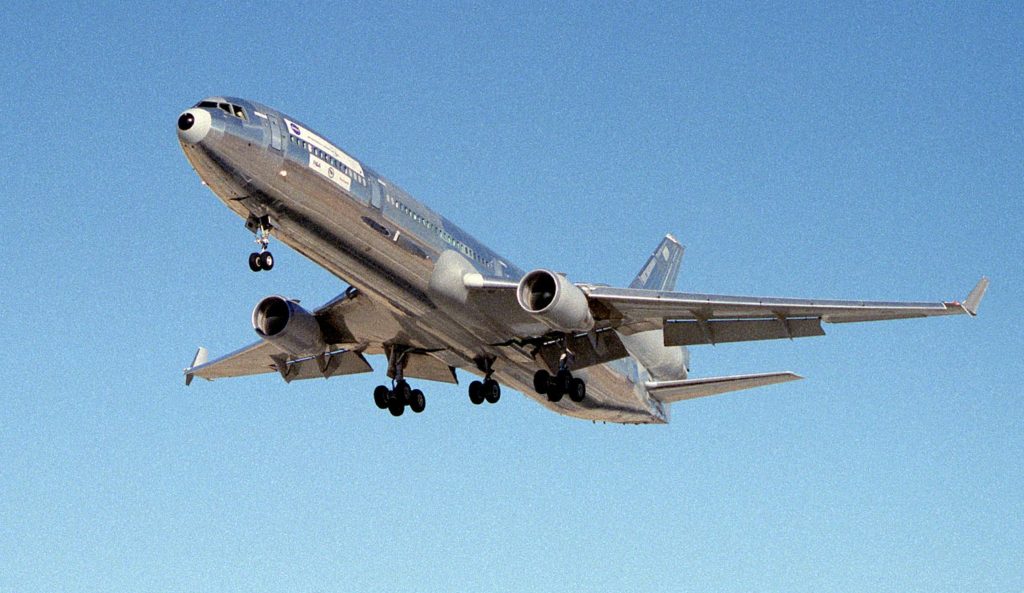
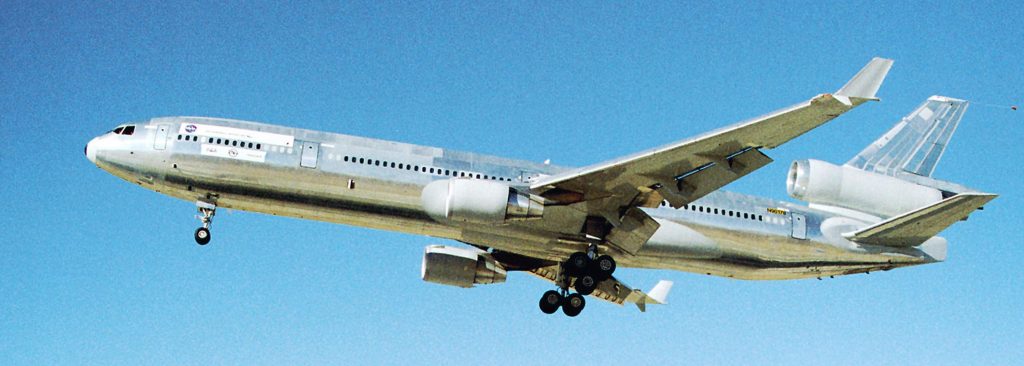
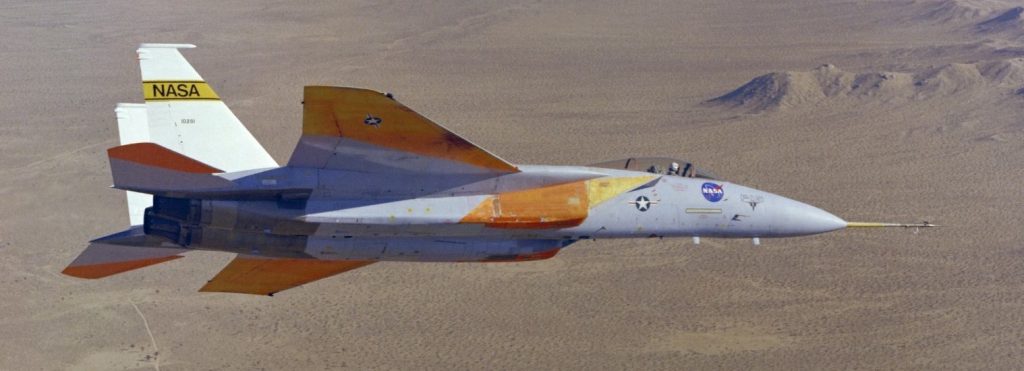
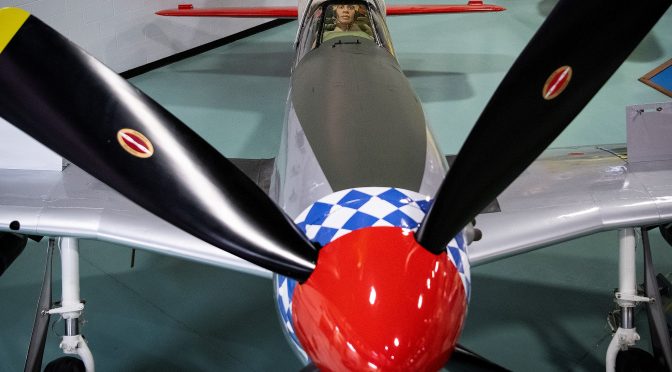
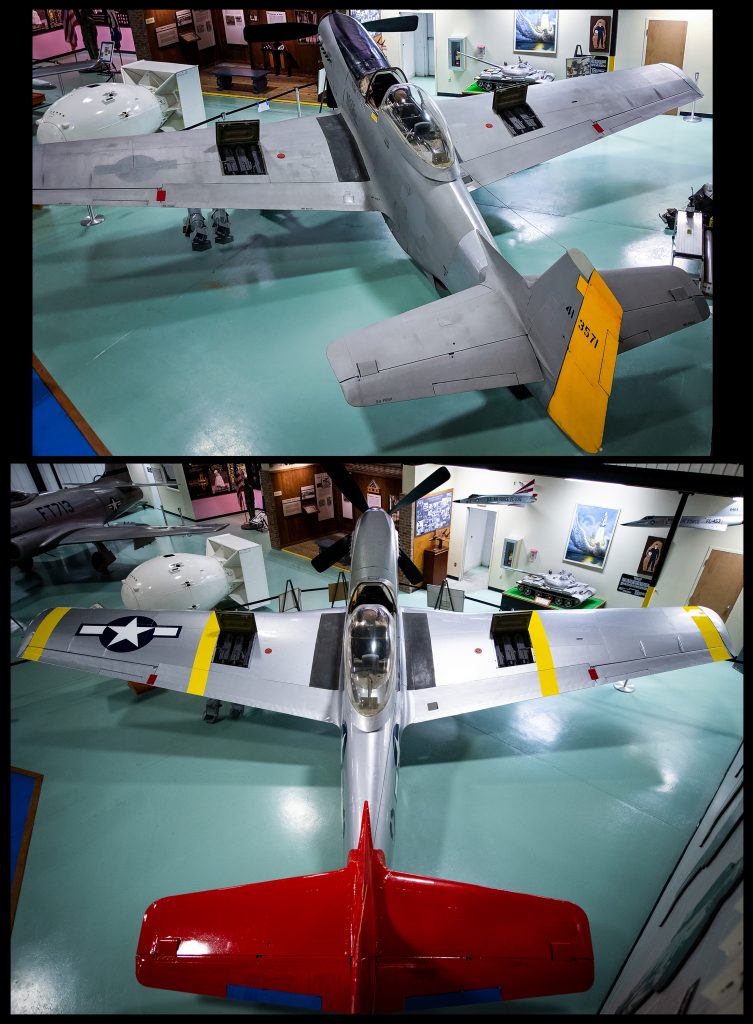
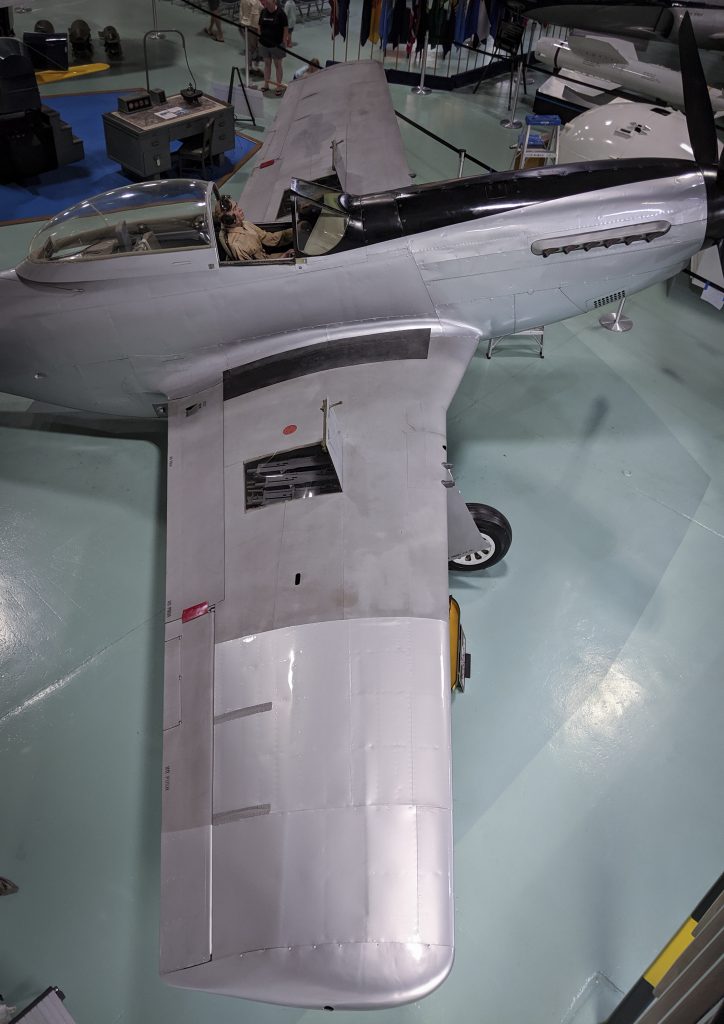
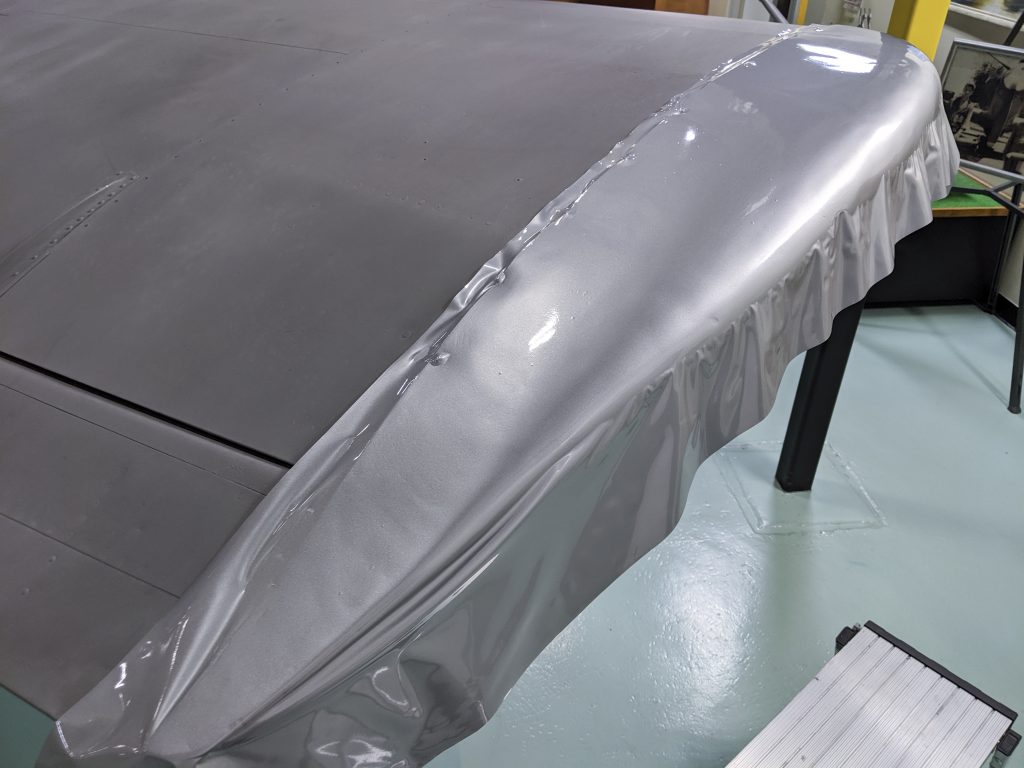
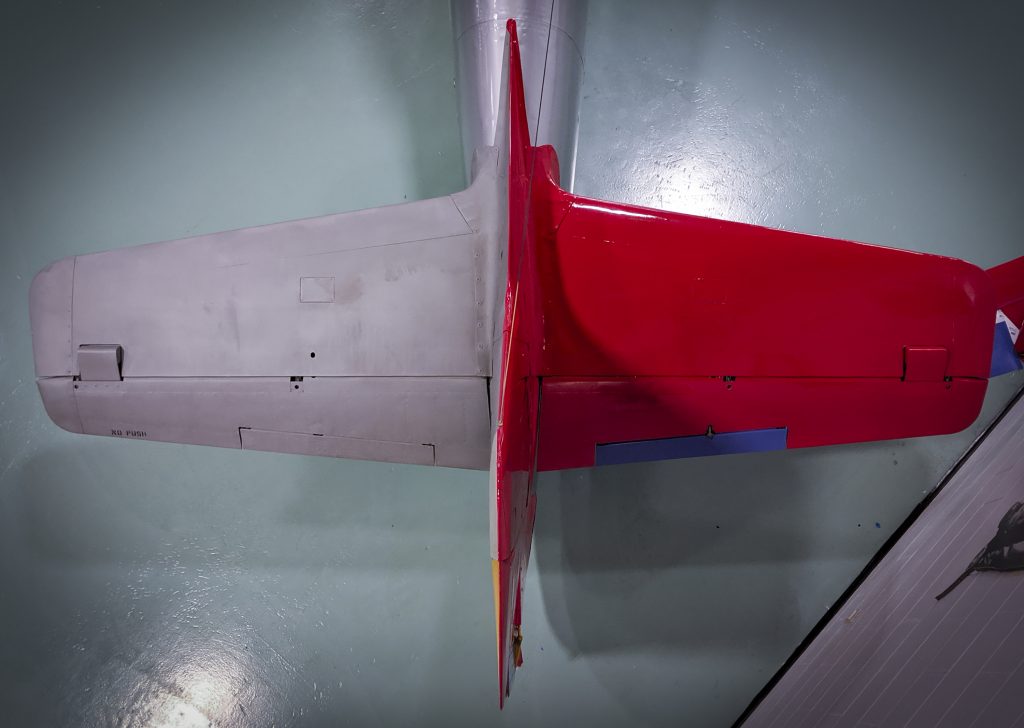
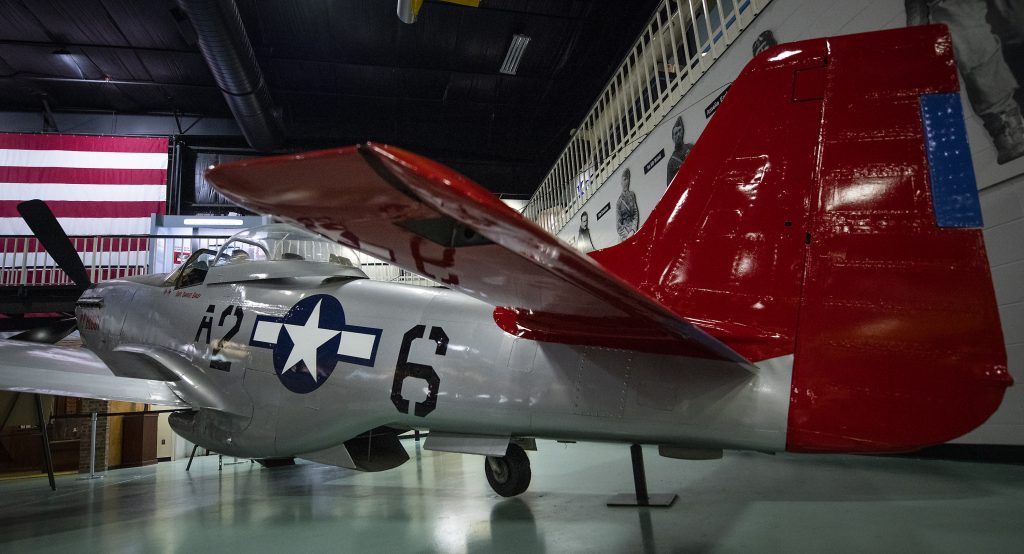
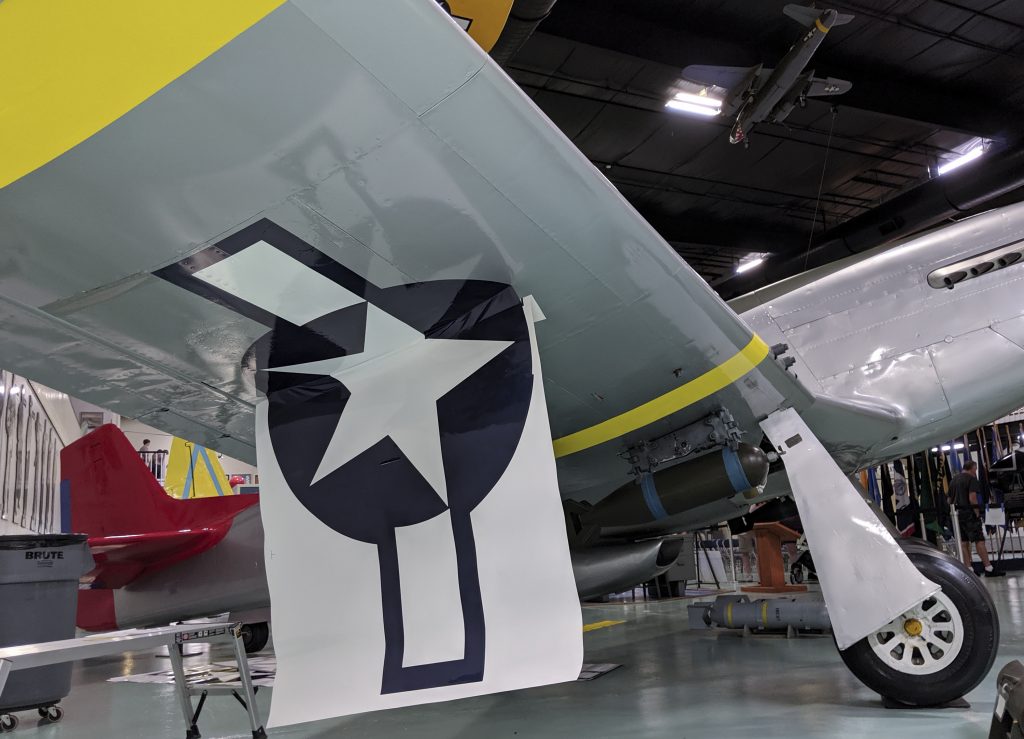
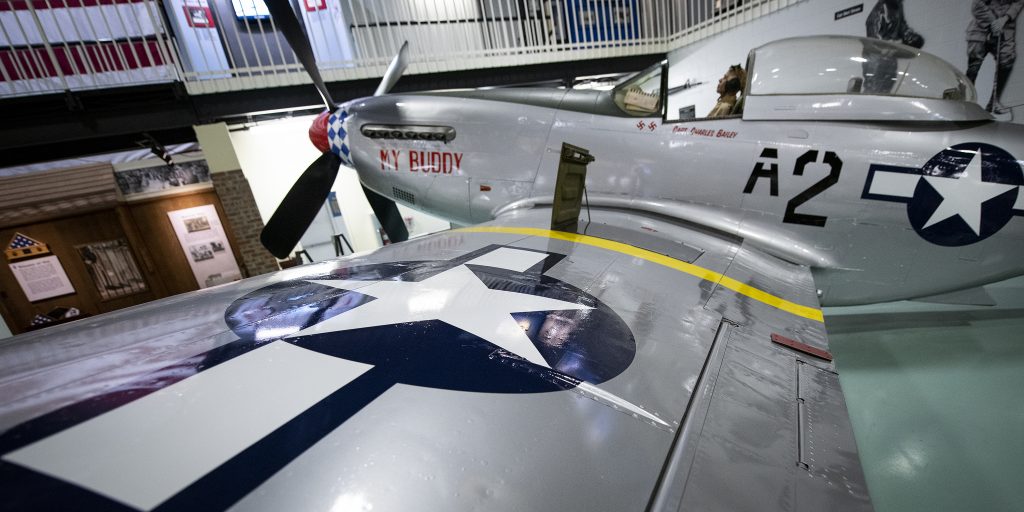
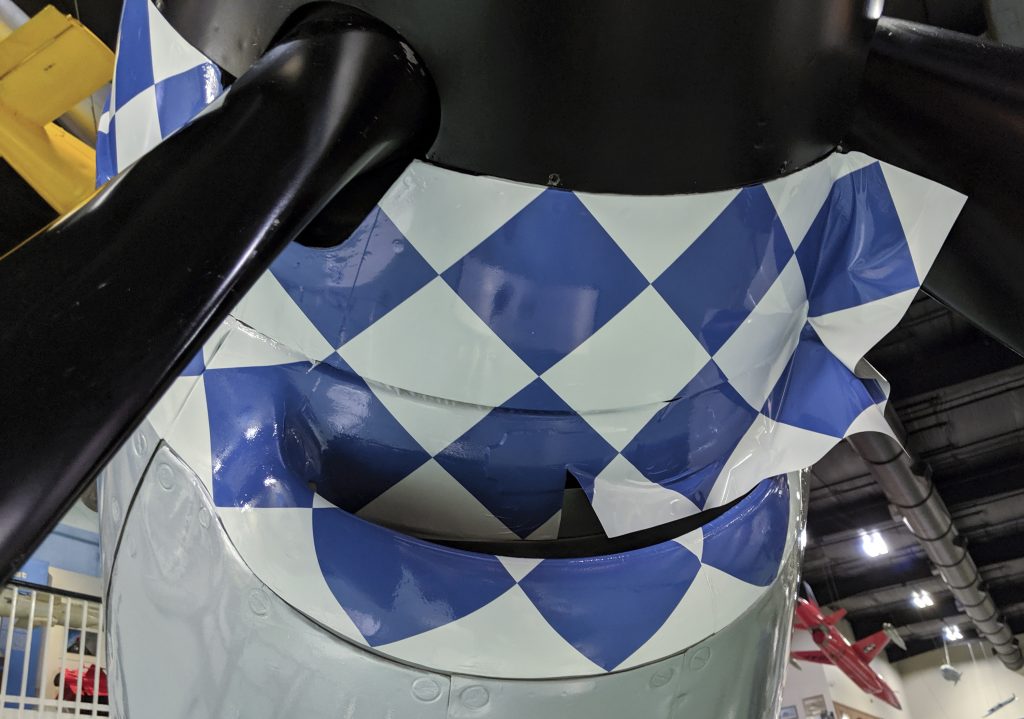
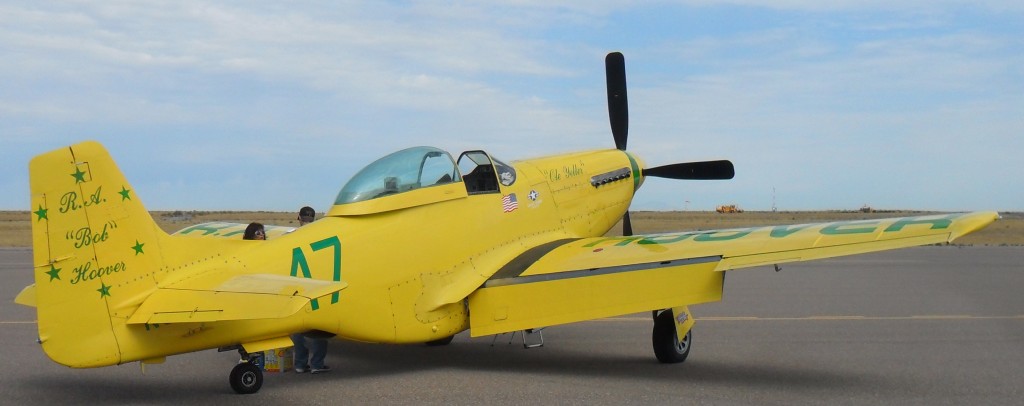
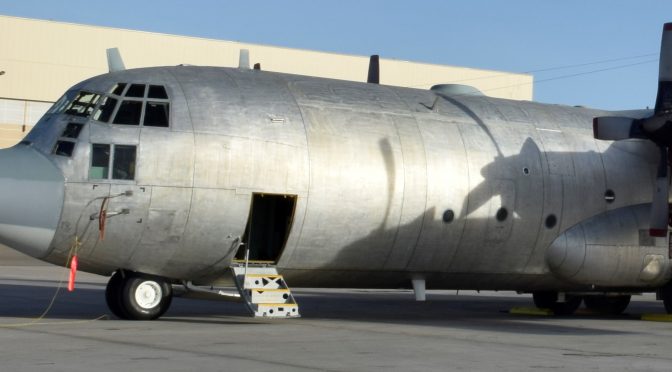
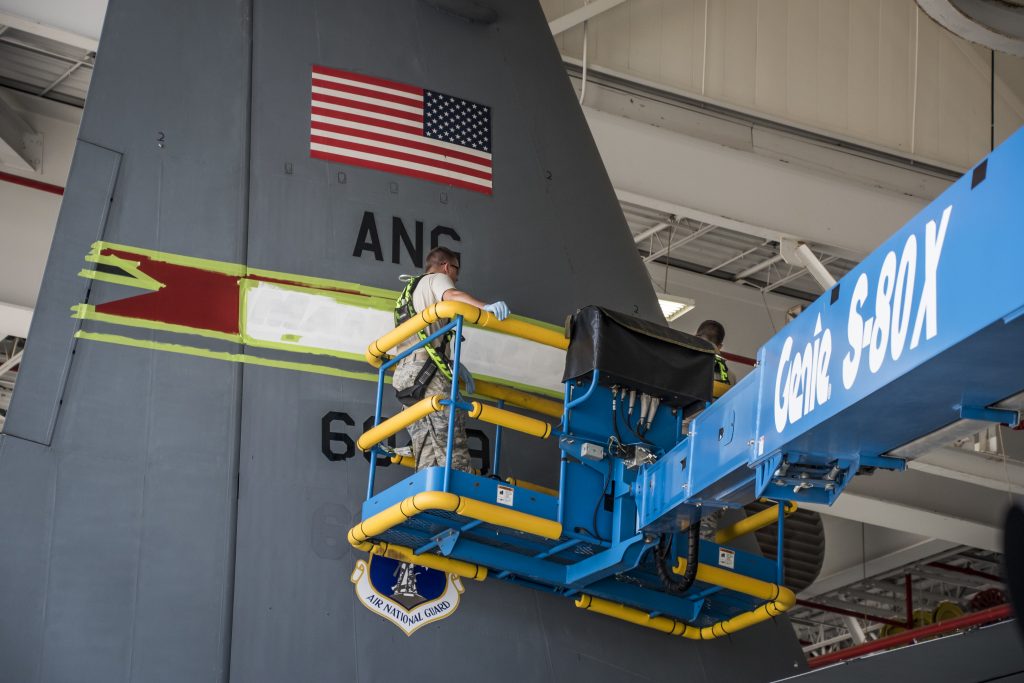
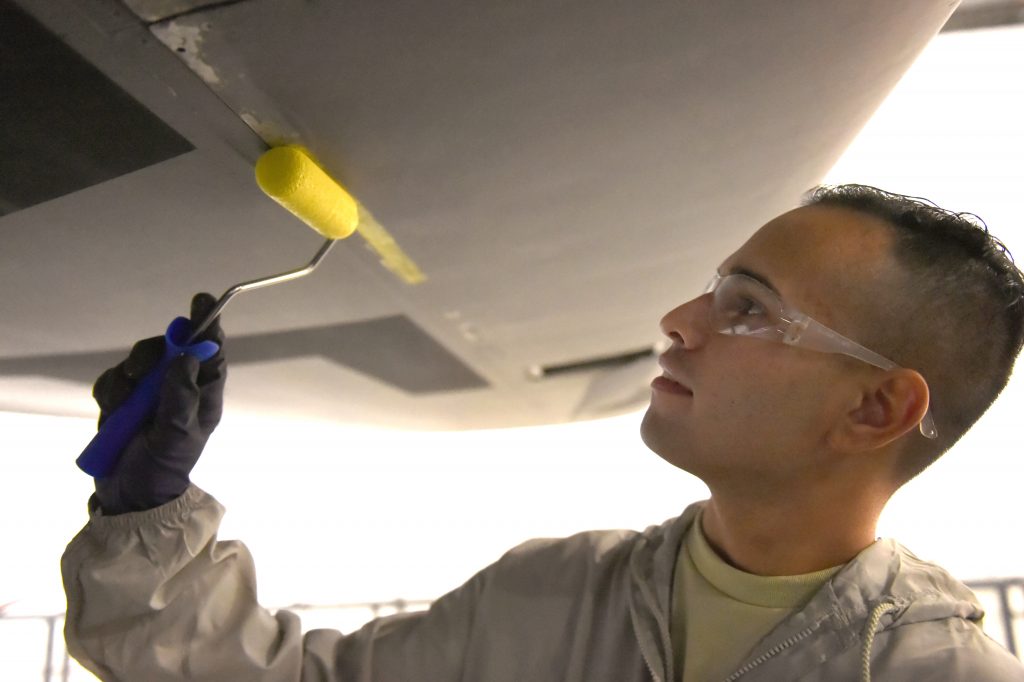
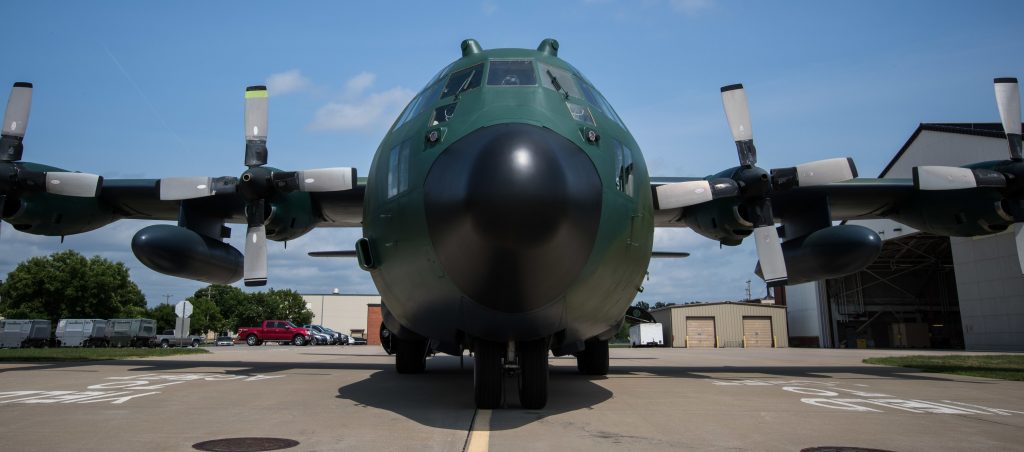
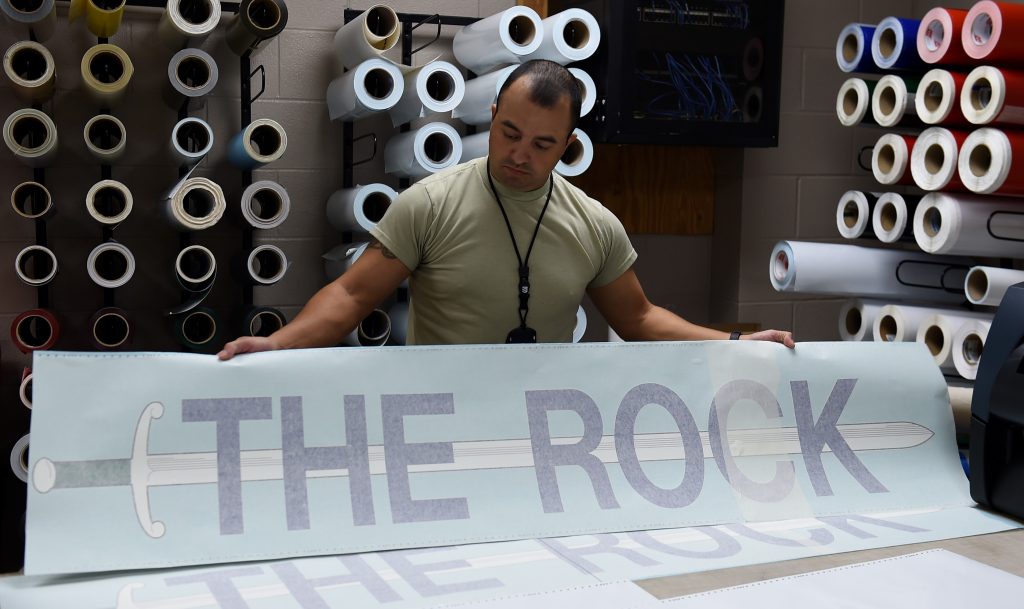

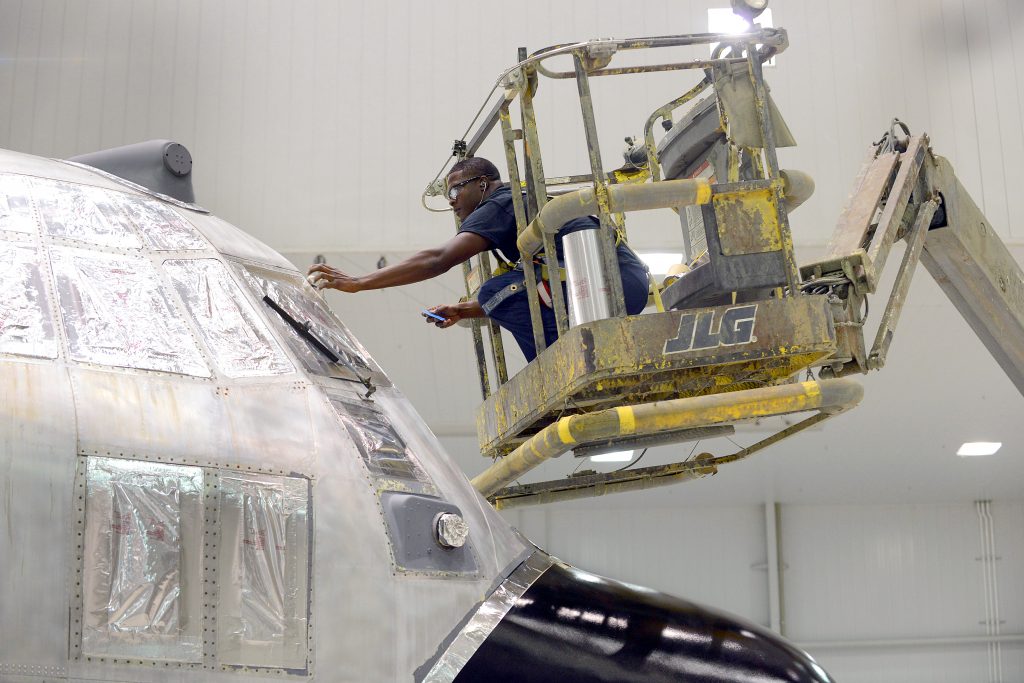
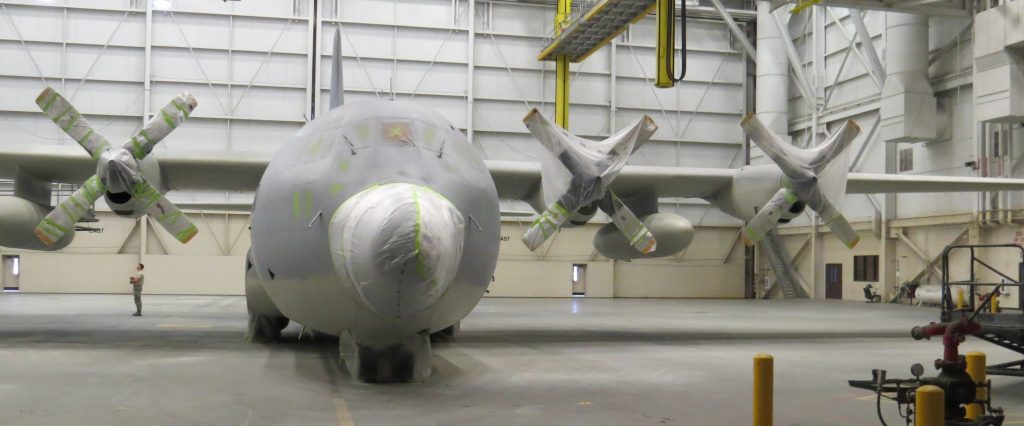
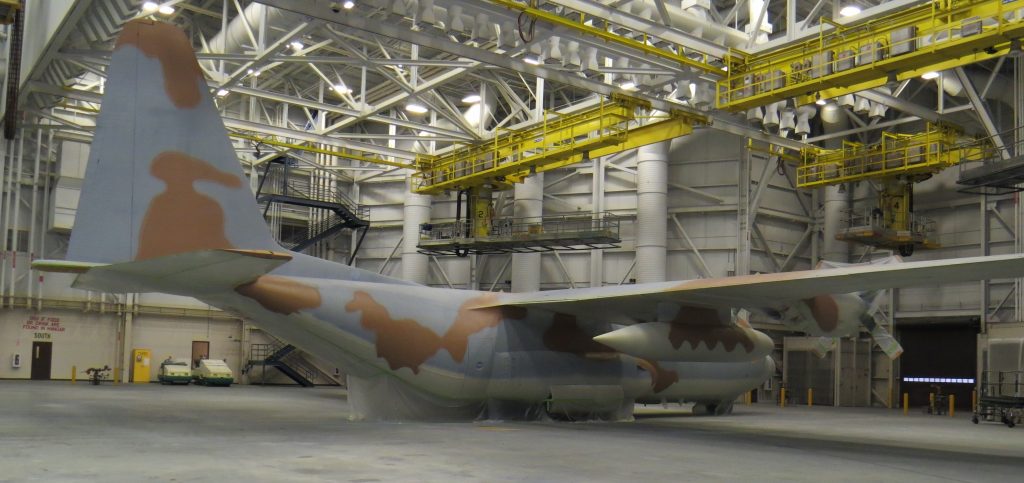
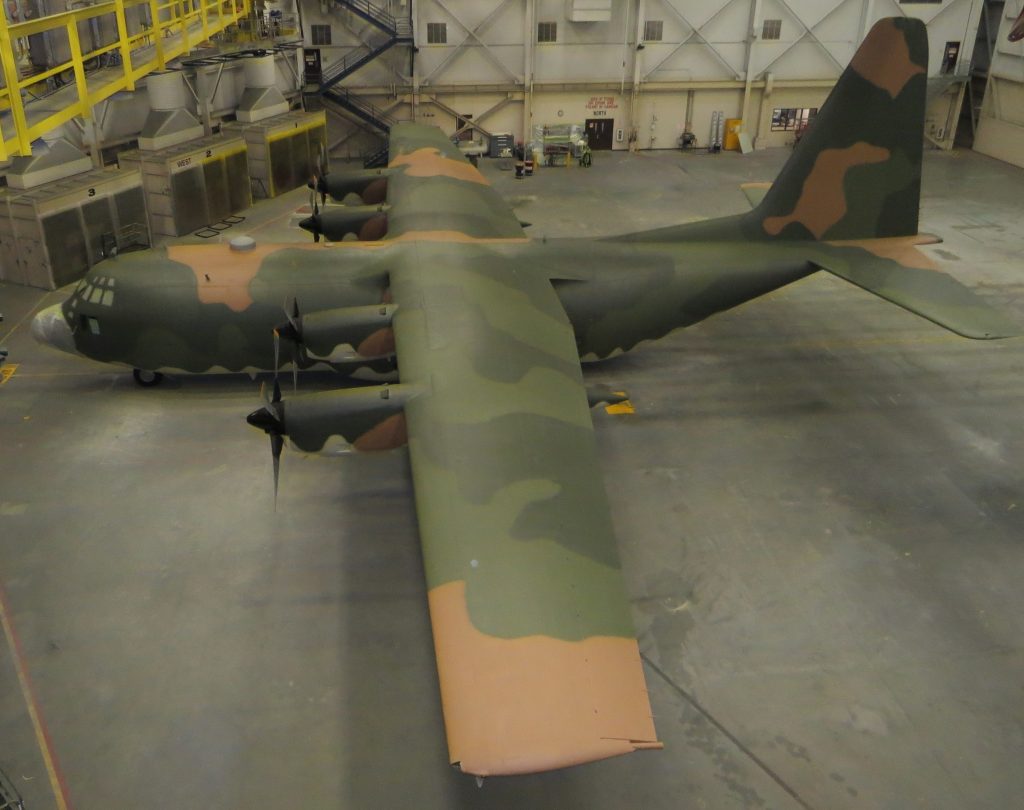
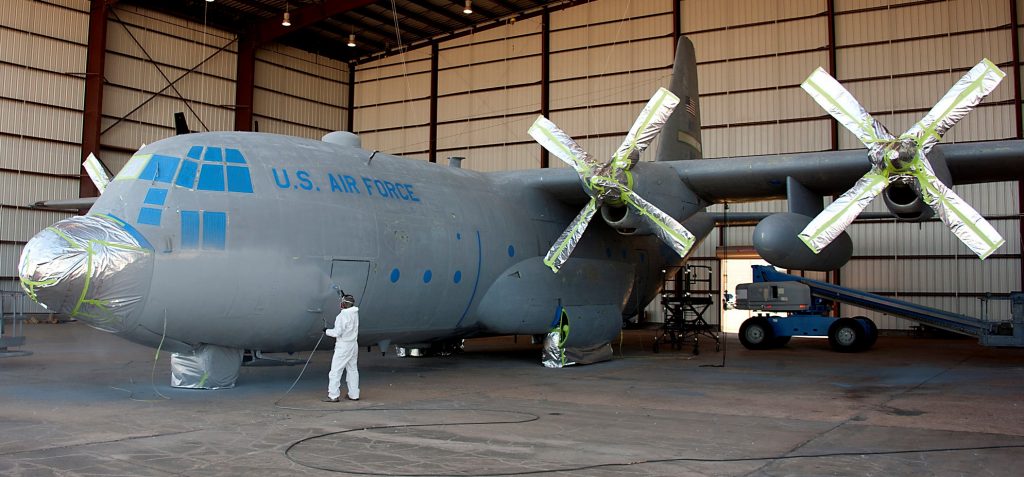
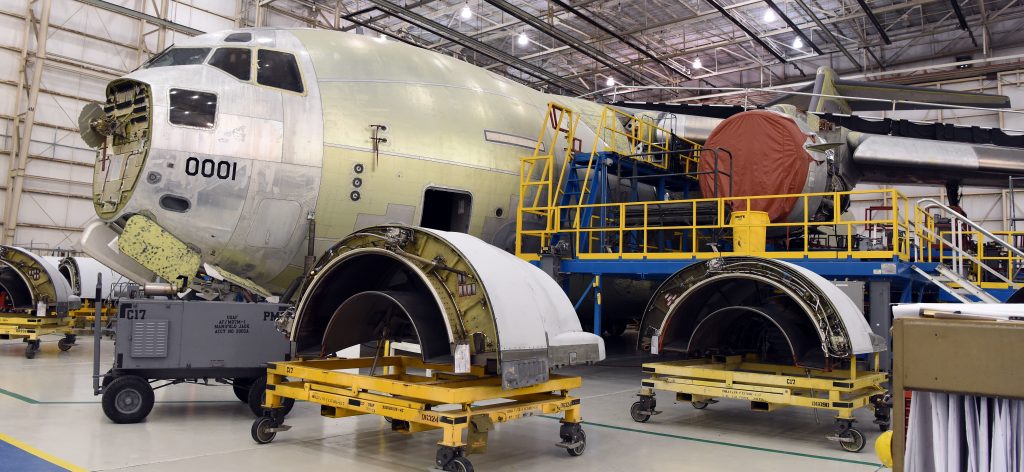
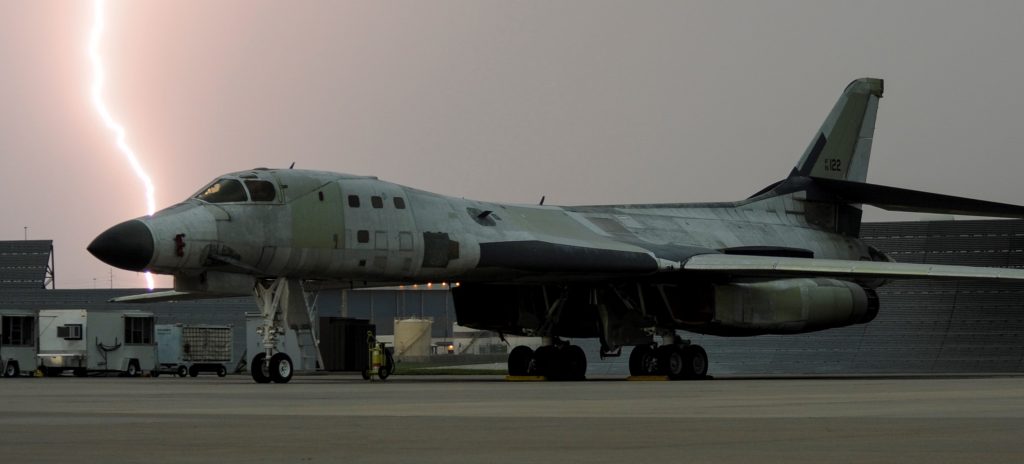
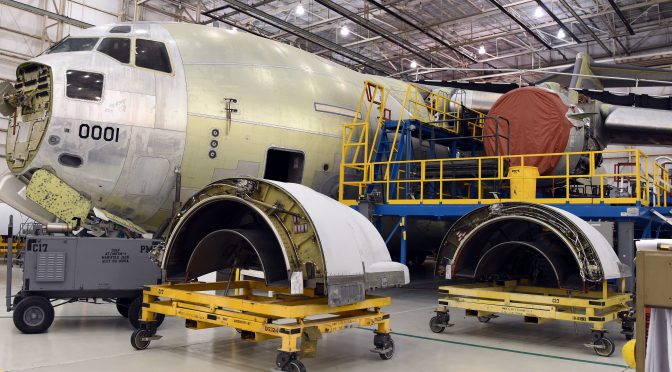
 All jacked-up!
All jacked-up! Thrust reverser doors waiting to be re-installed.
Thrust reverser doors waiting to be re-installed.

 Those turbines are hungry.
Those turbines are hungry. New door hinges.
New door hinges.

 New leading edge slat seals.
New leading edge slat seals. Trailing edge panels.
Trailing edge panels. Prepping for new fuel tank seals.
Prepping for new fuel tank seals.